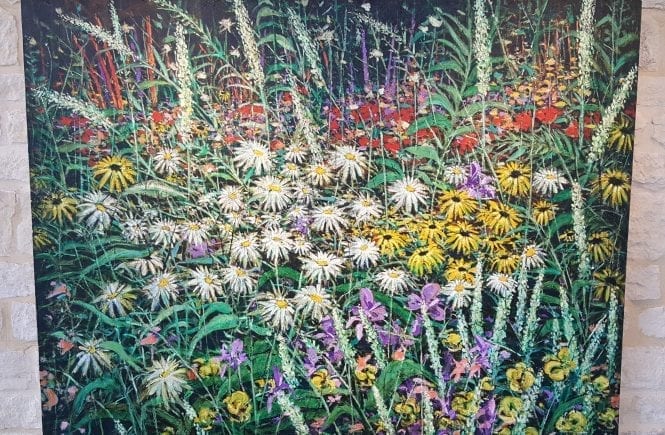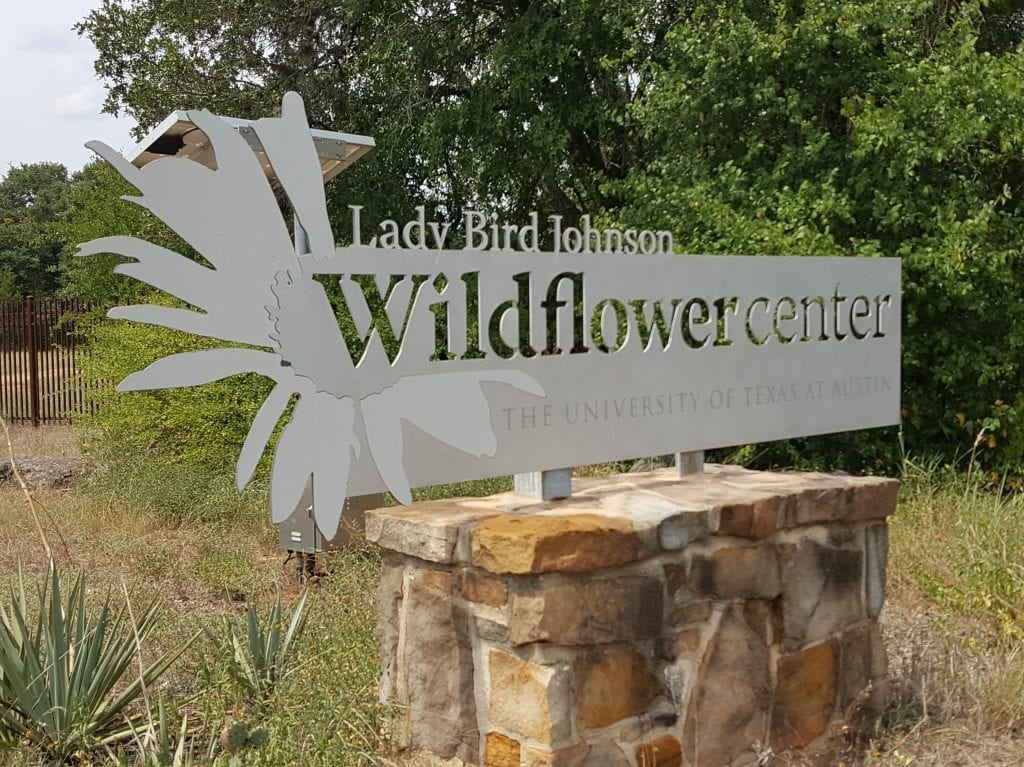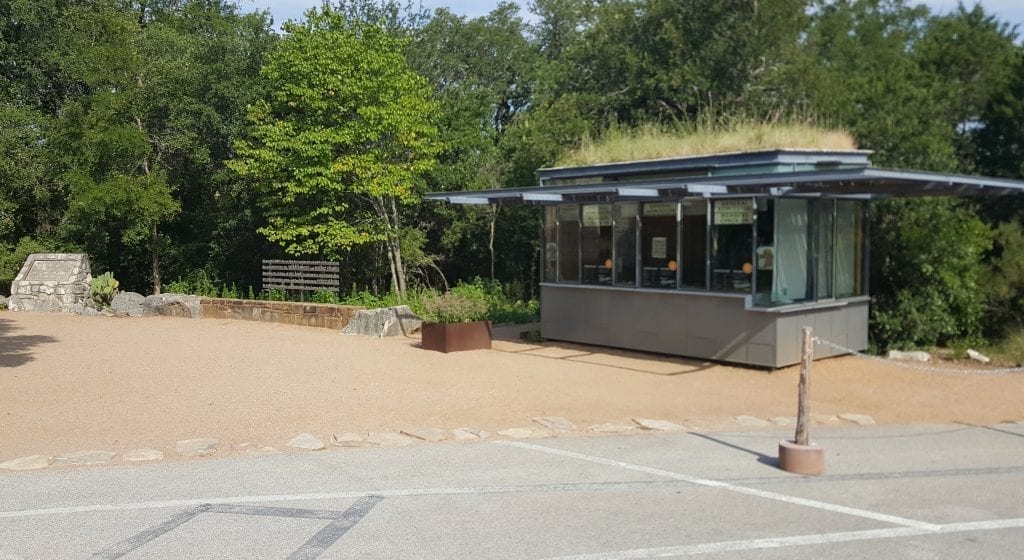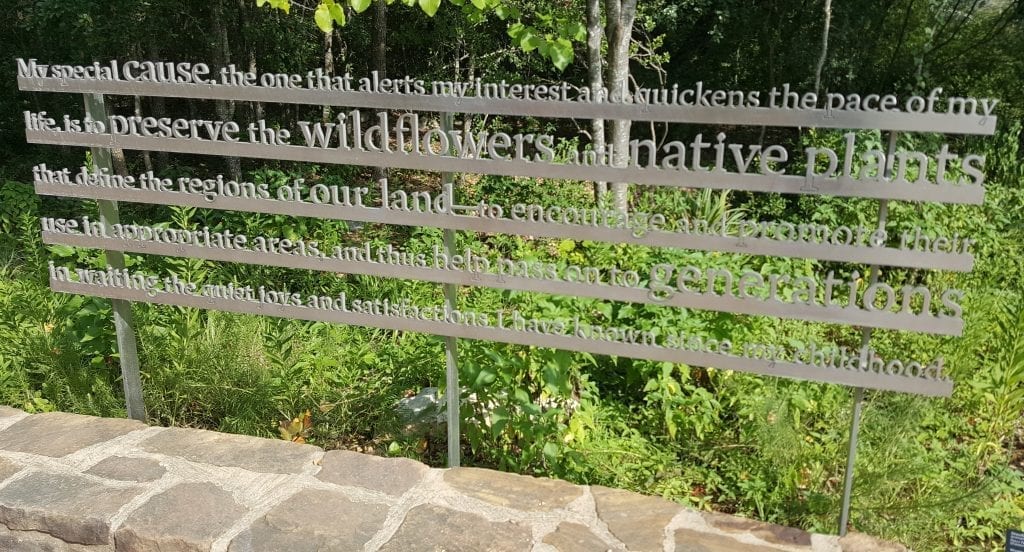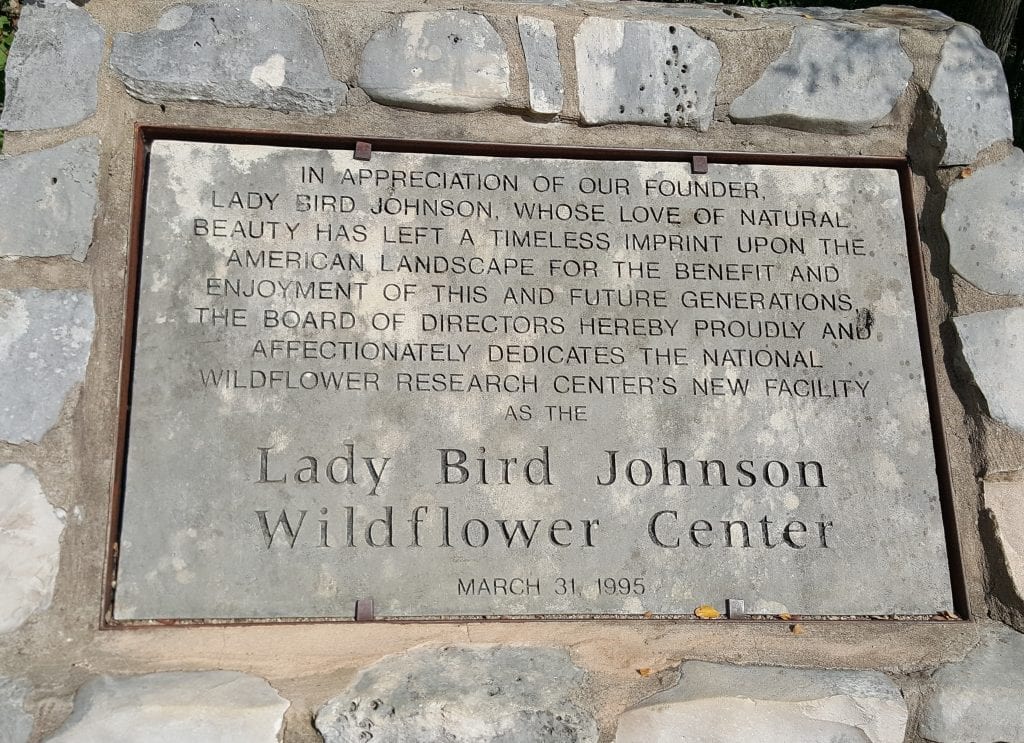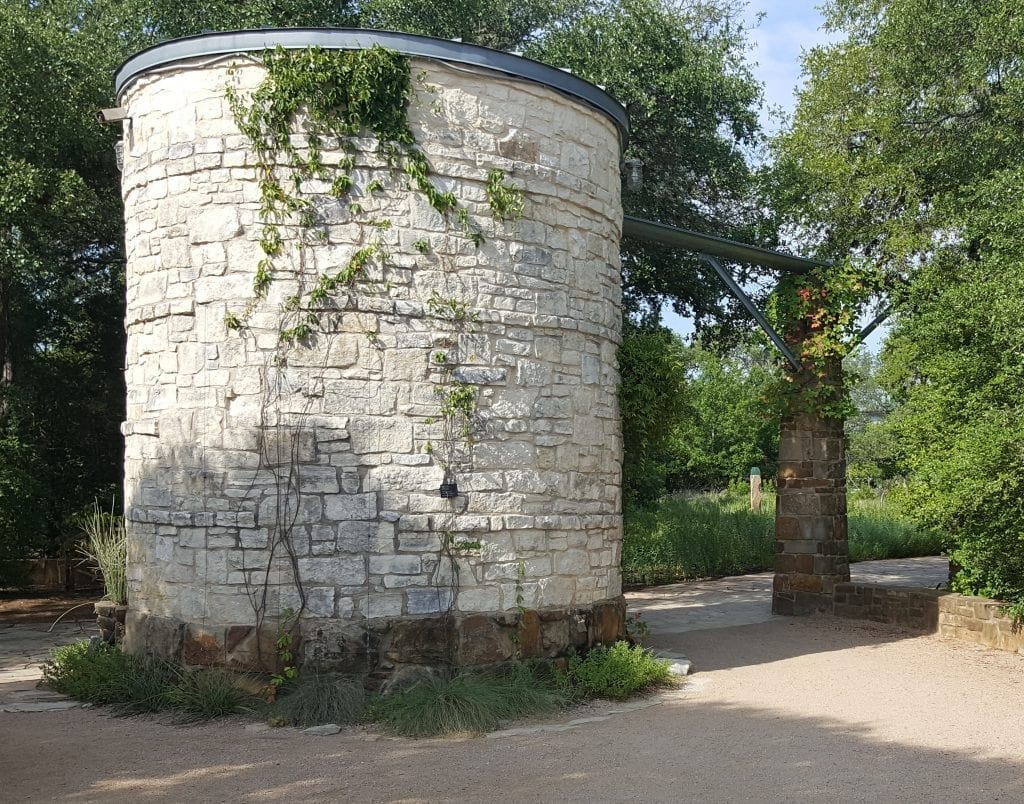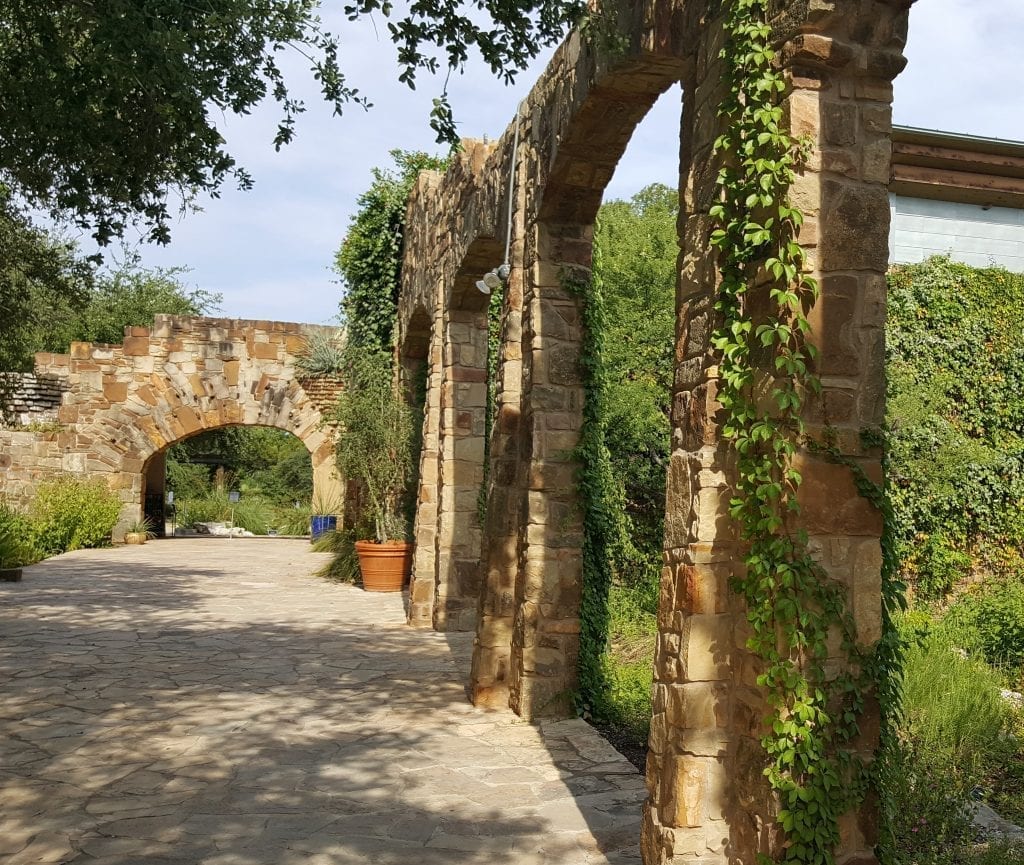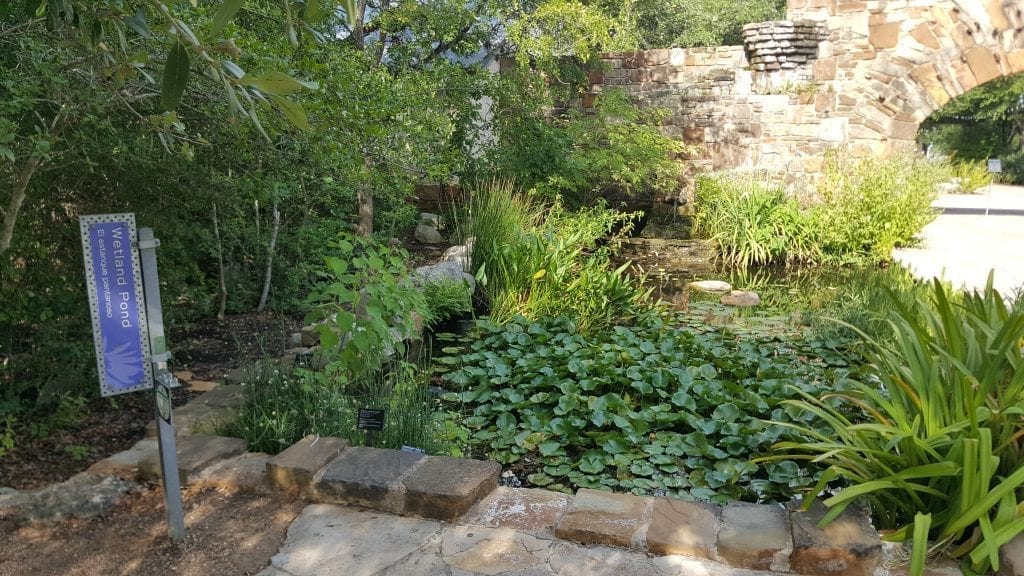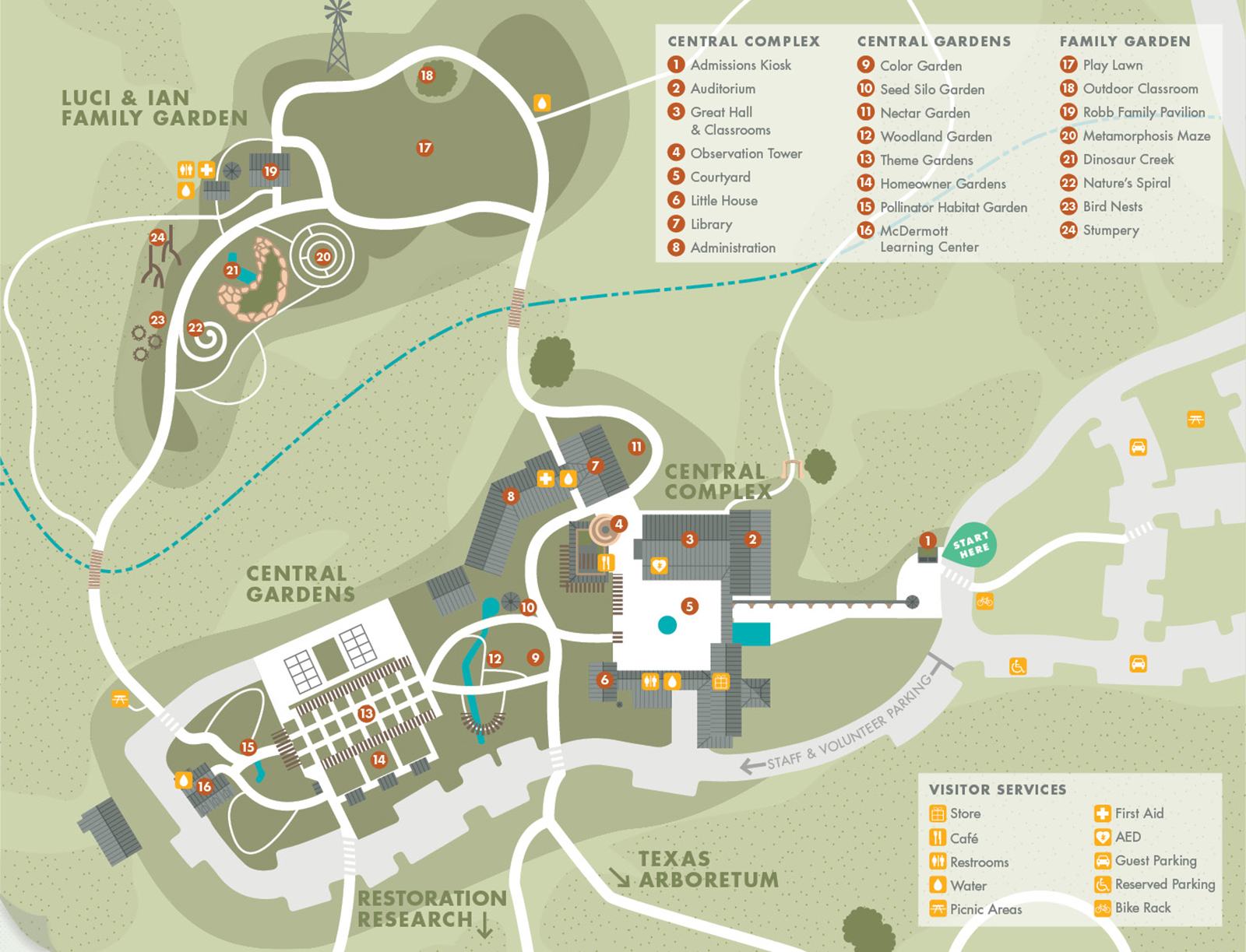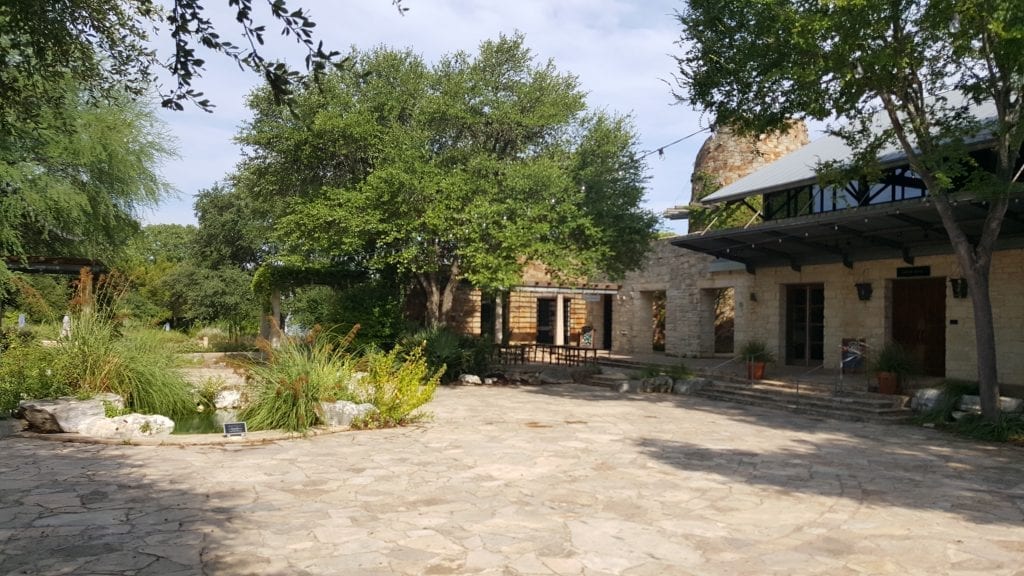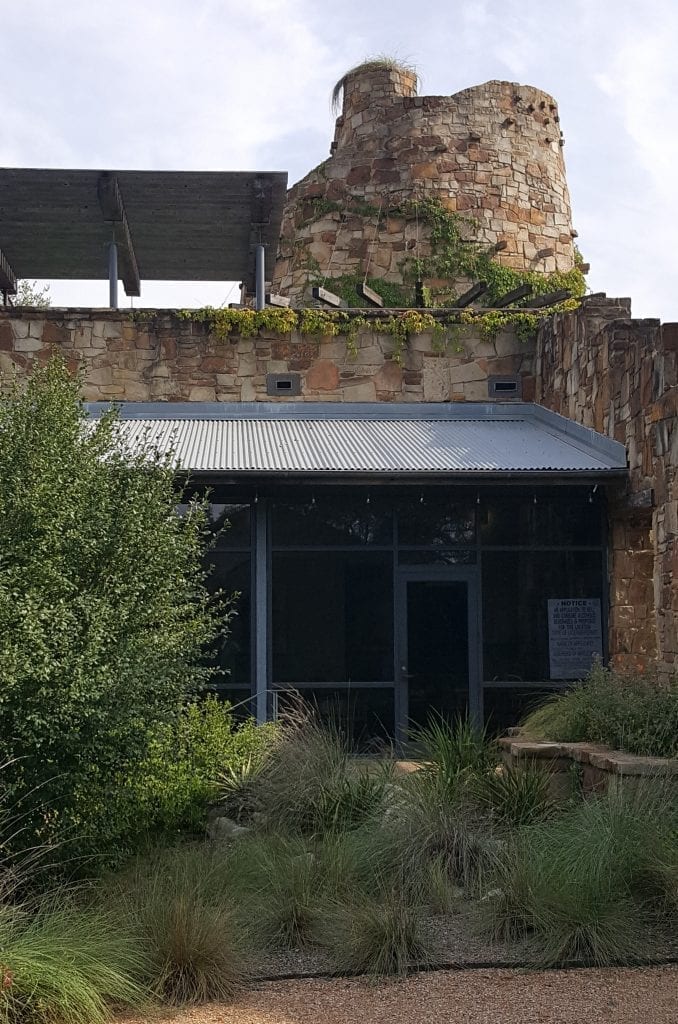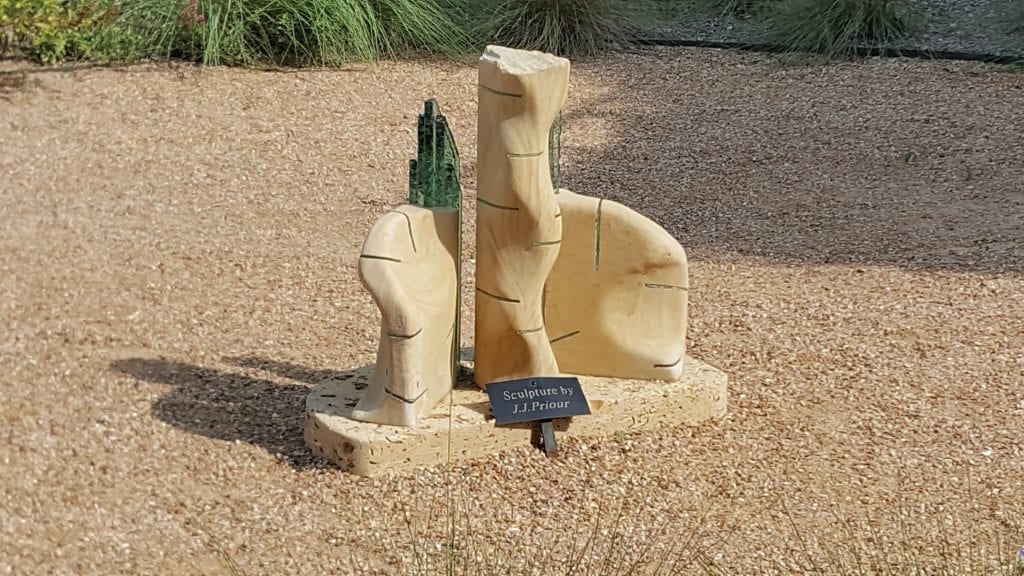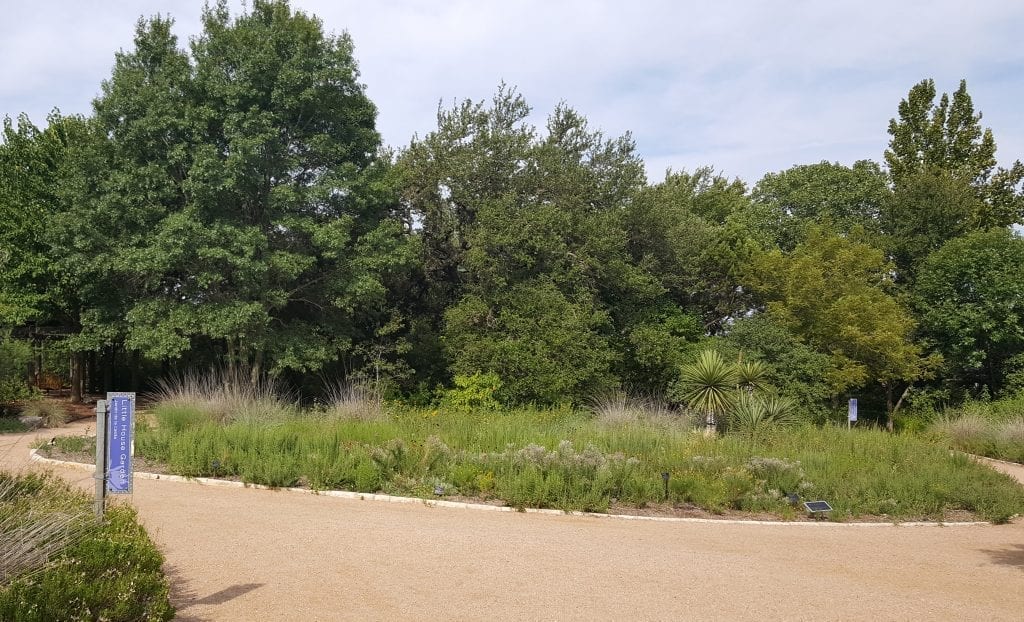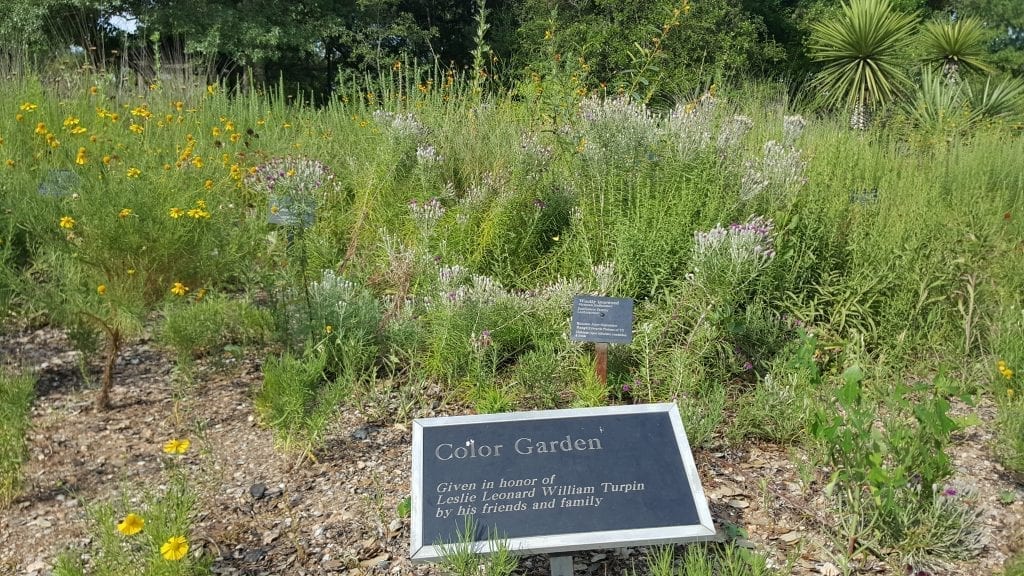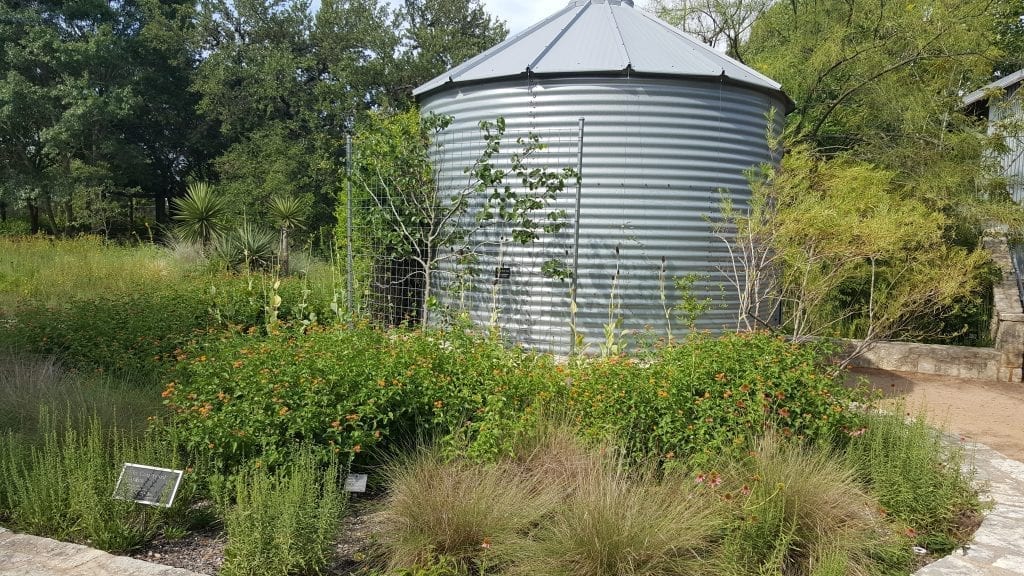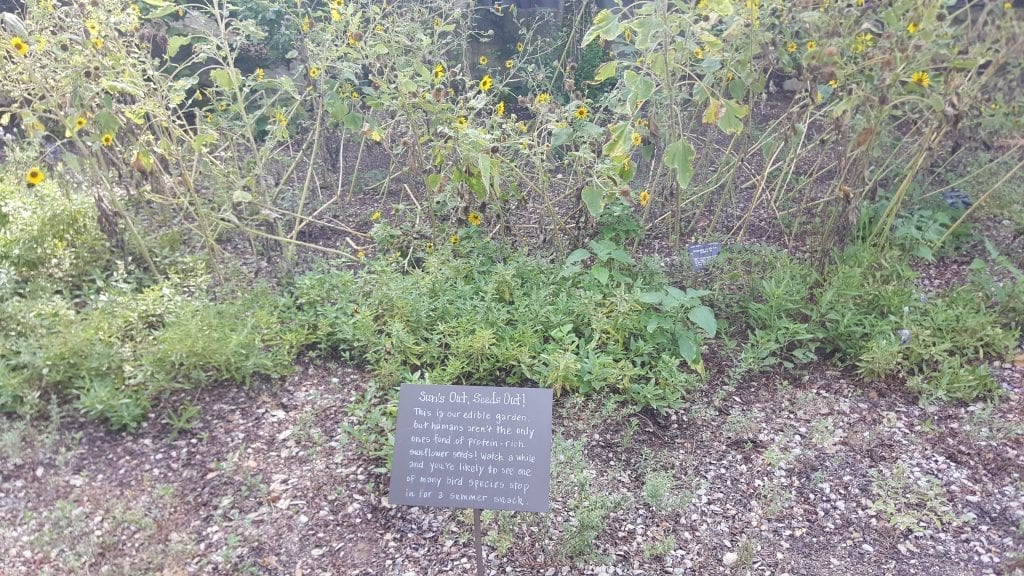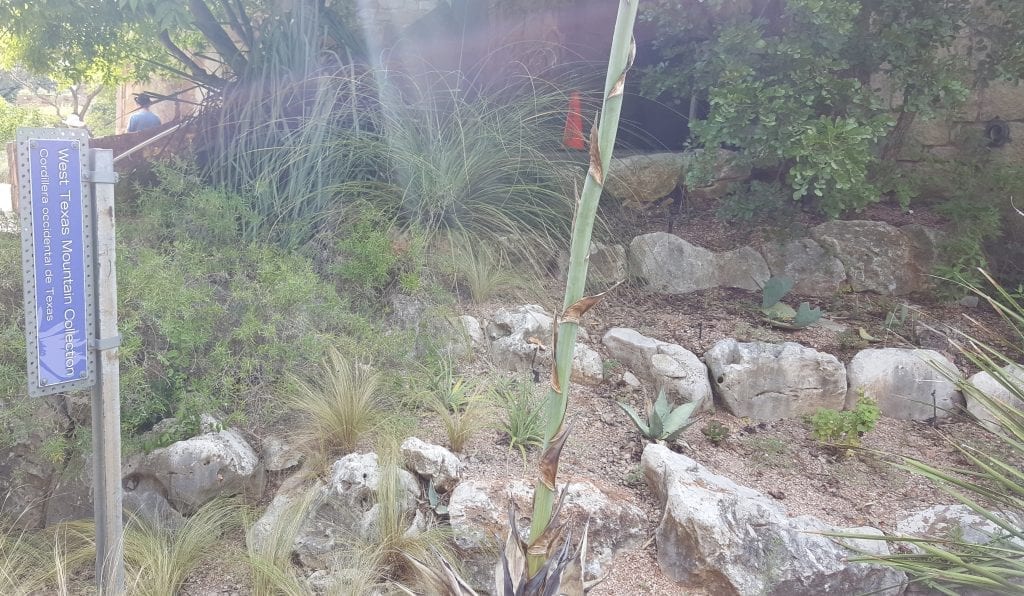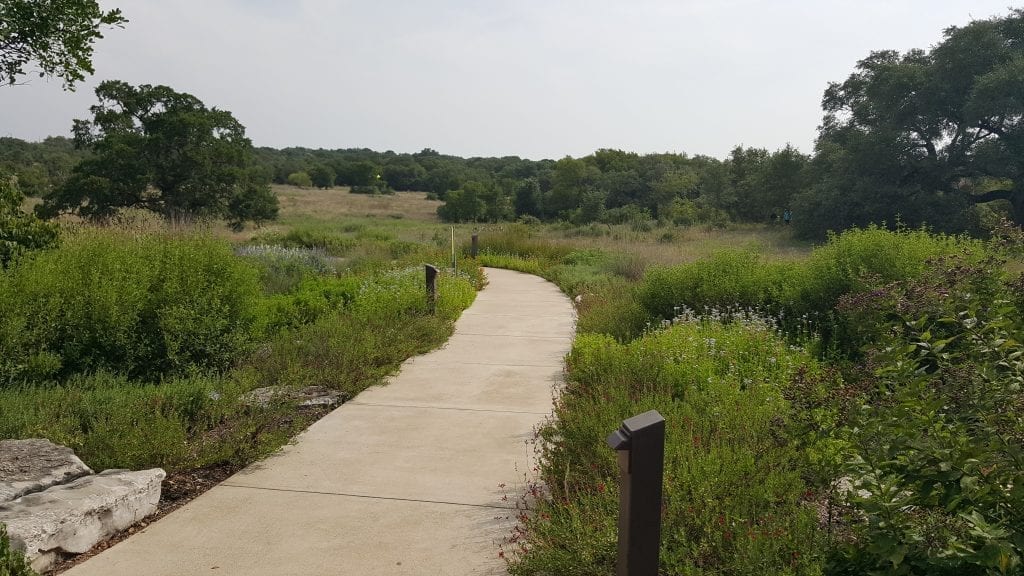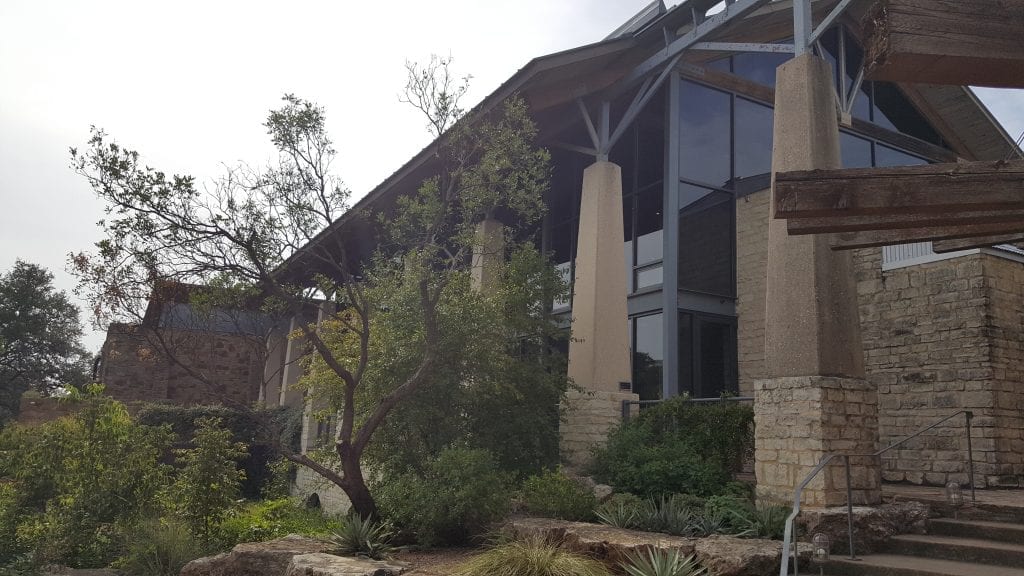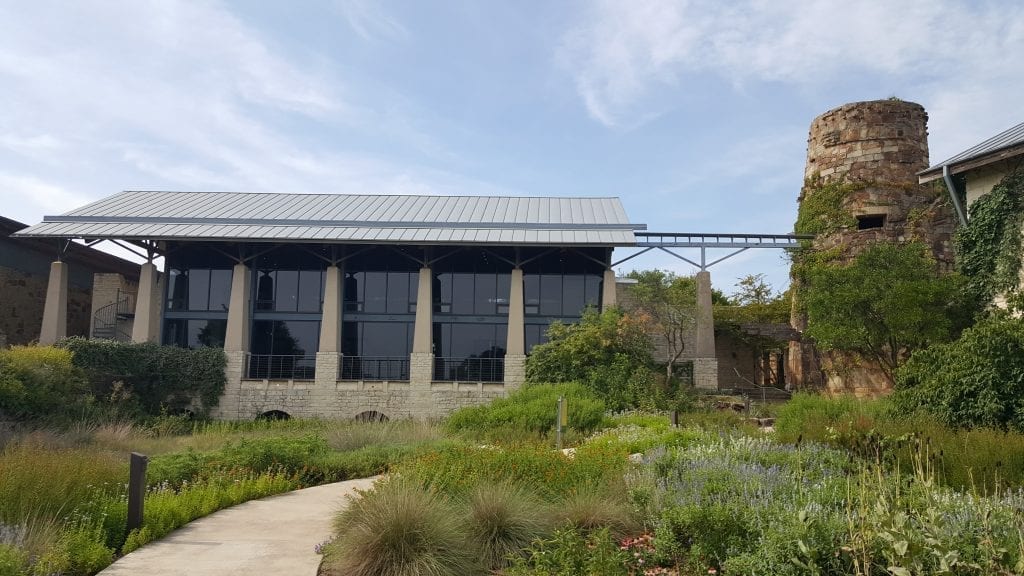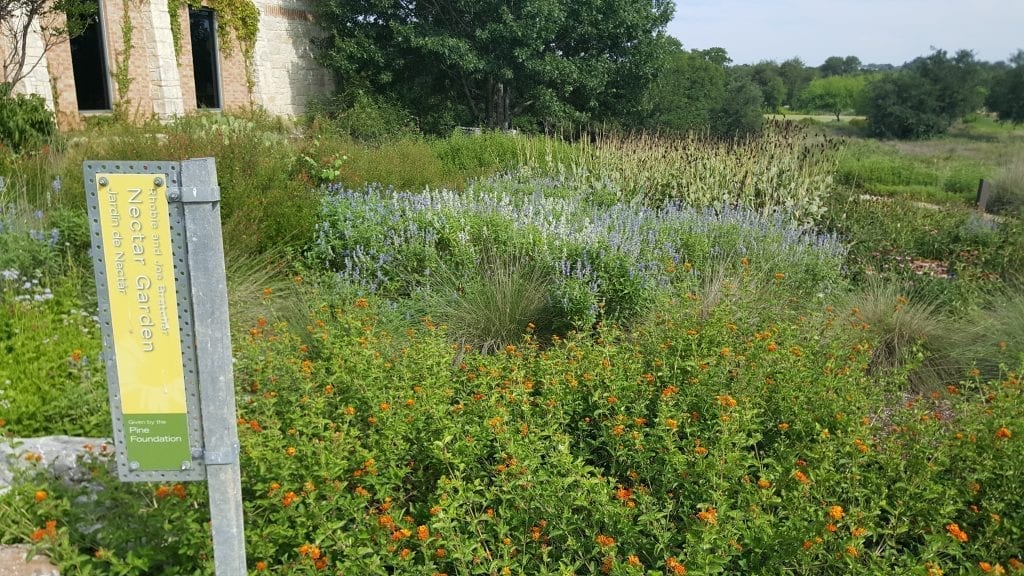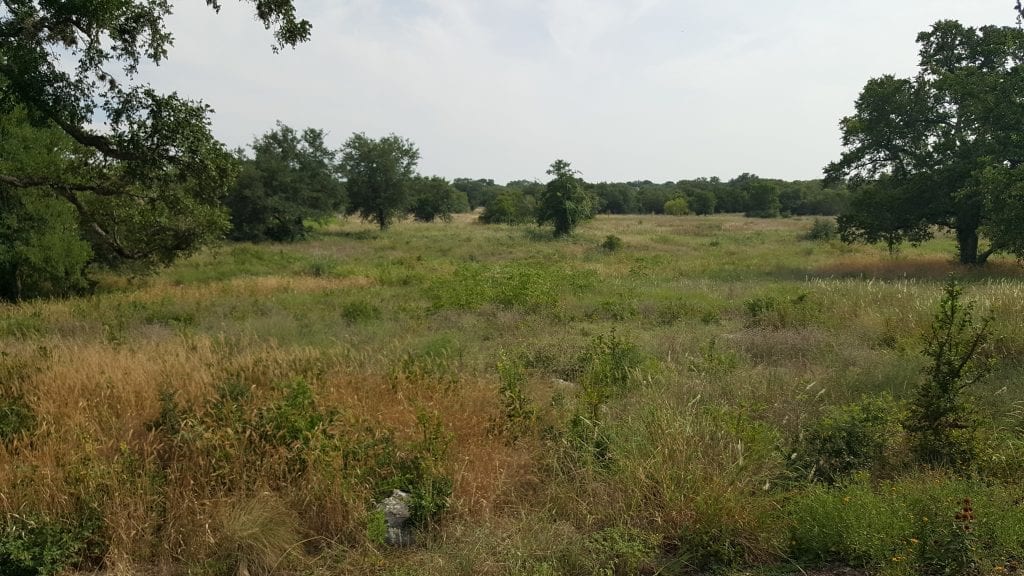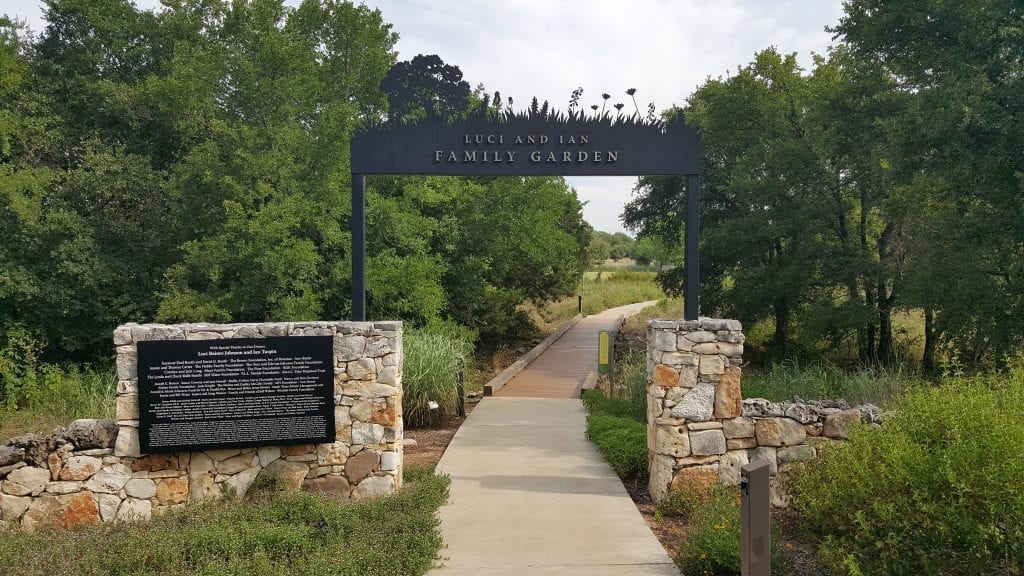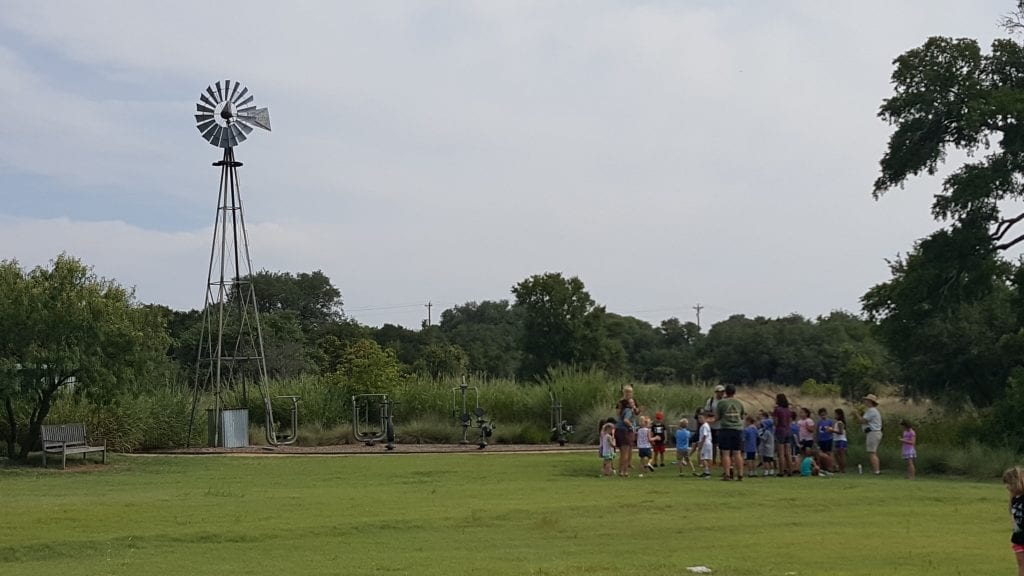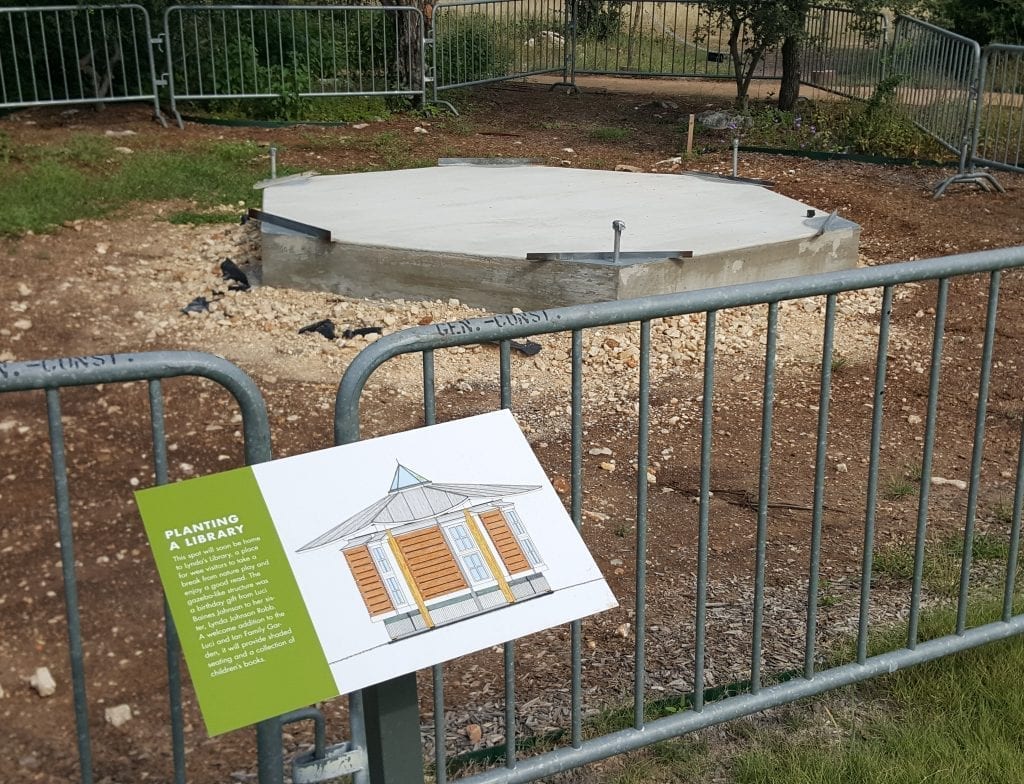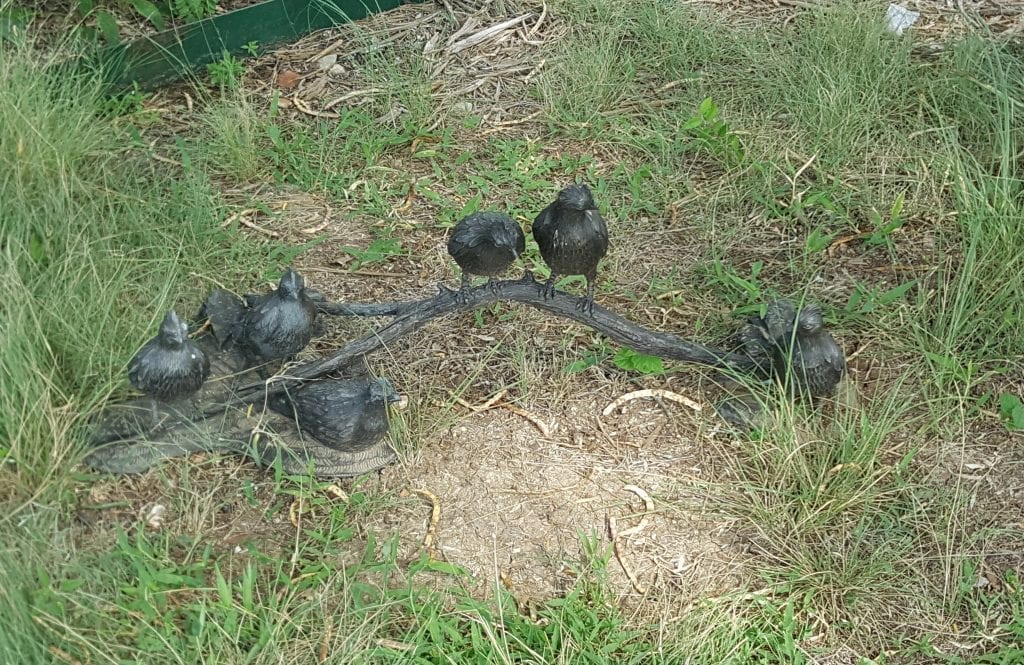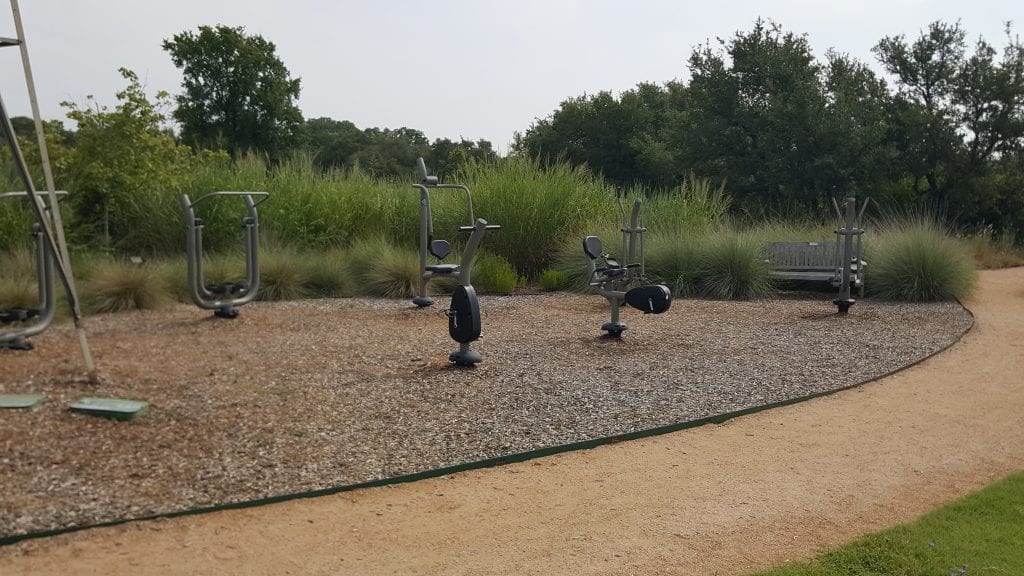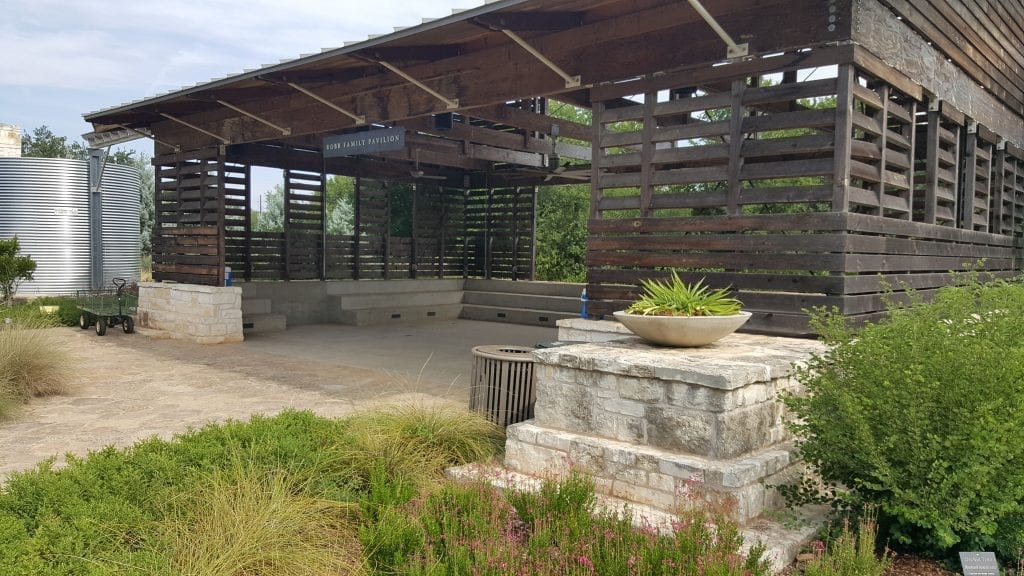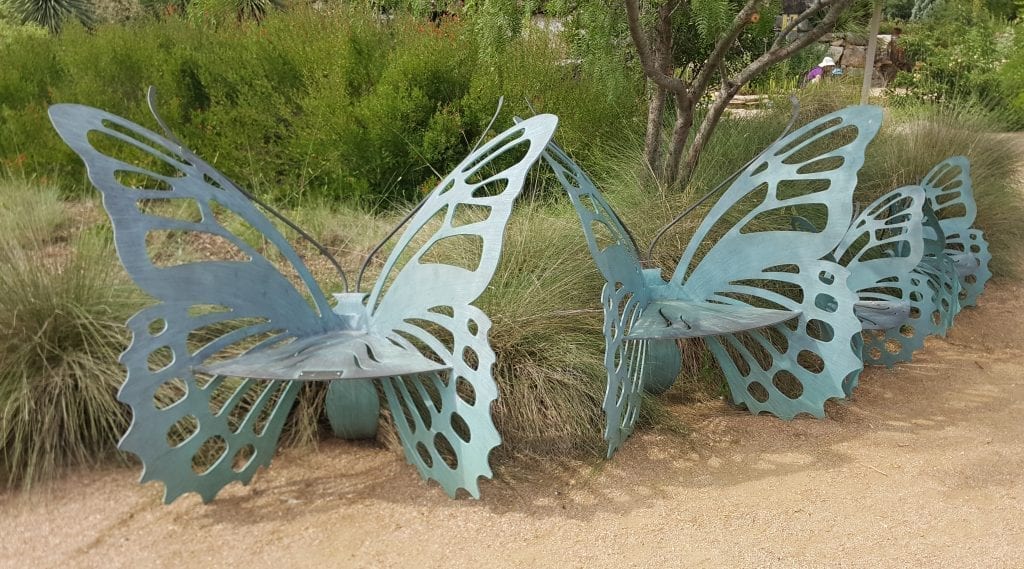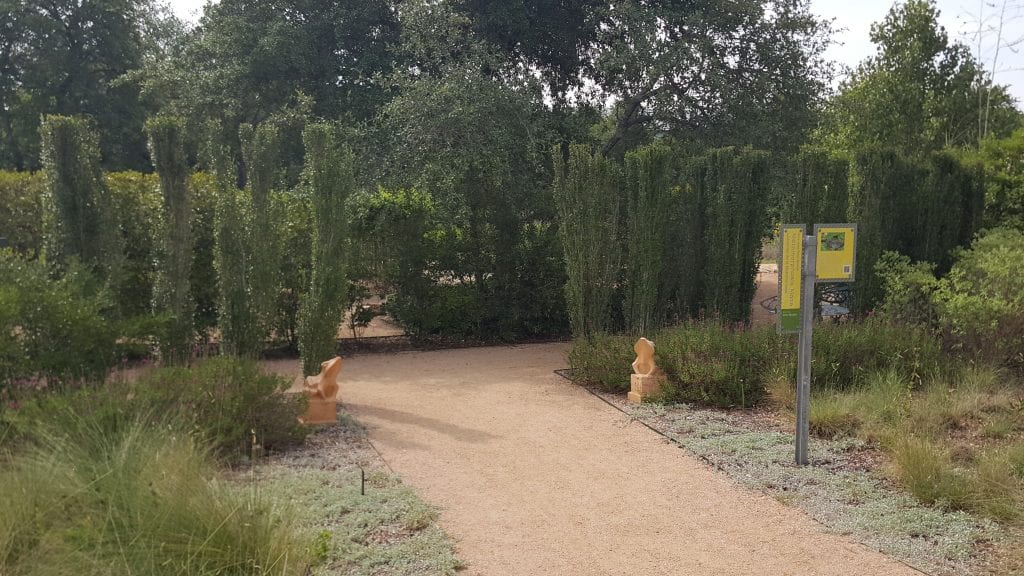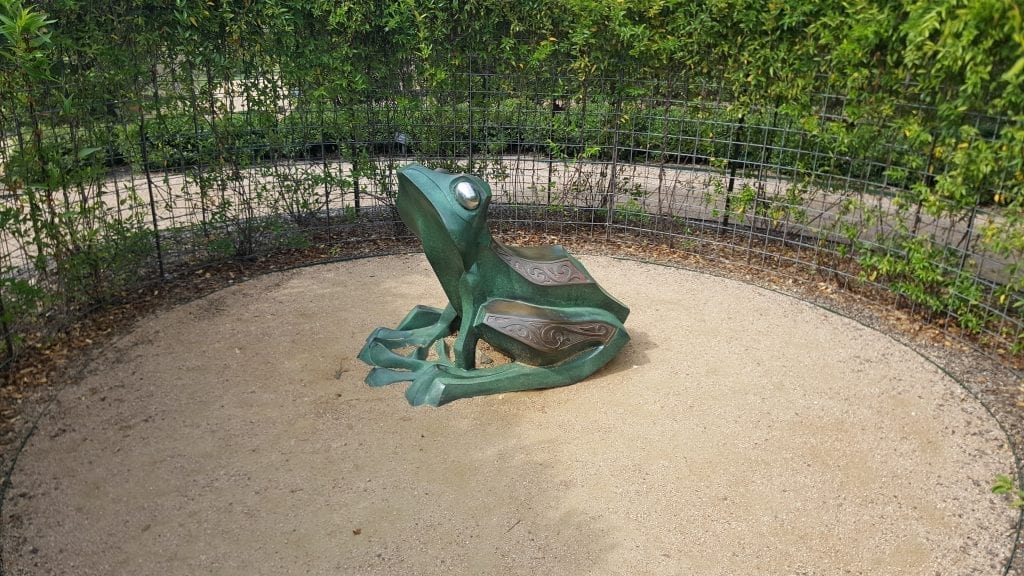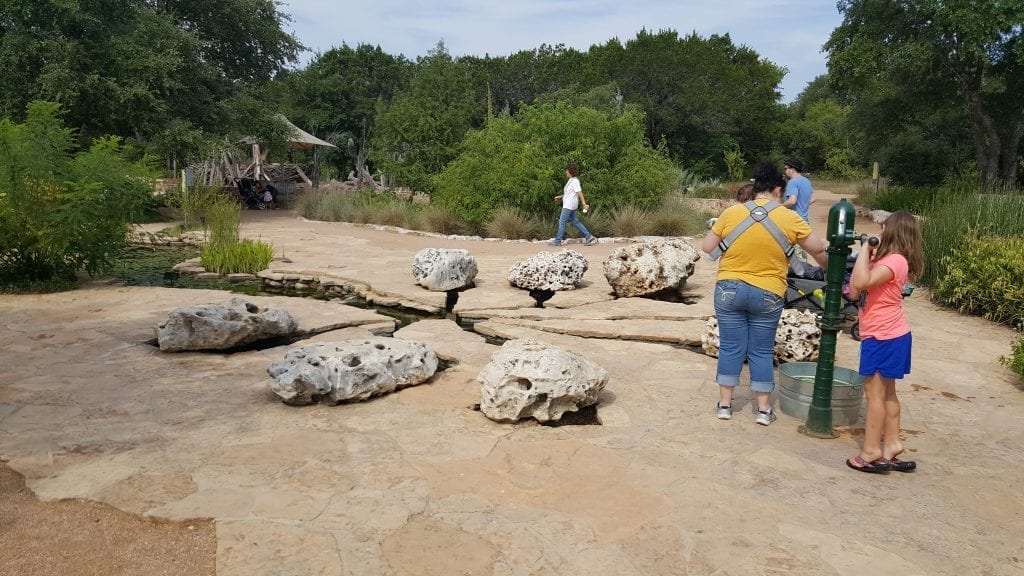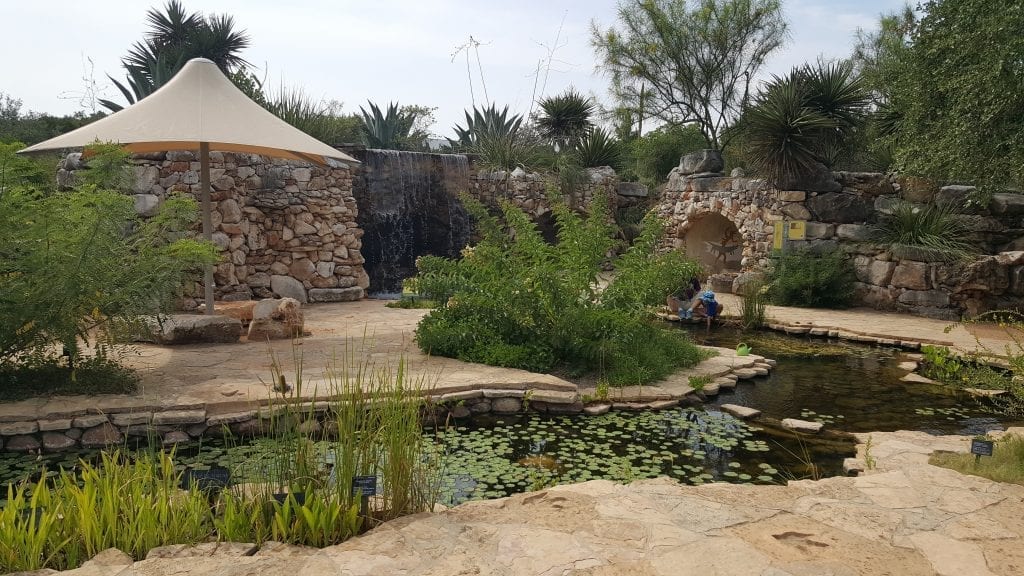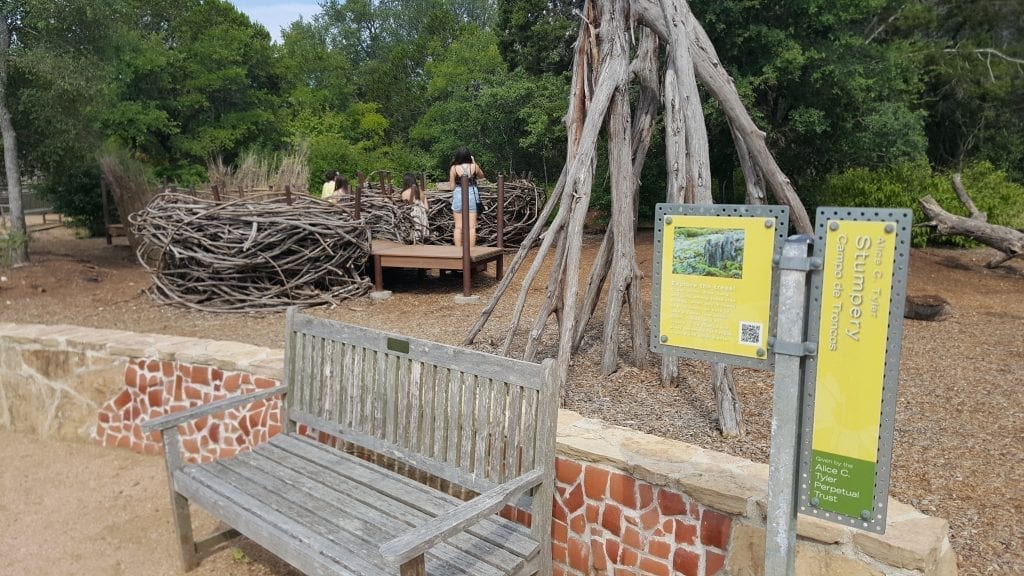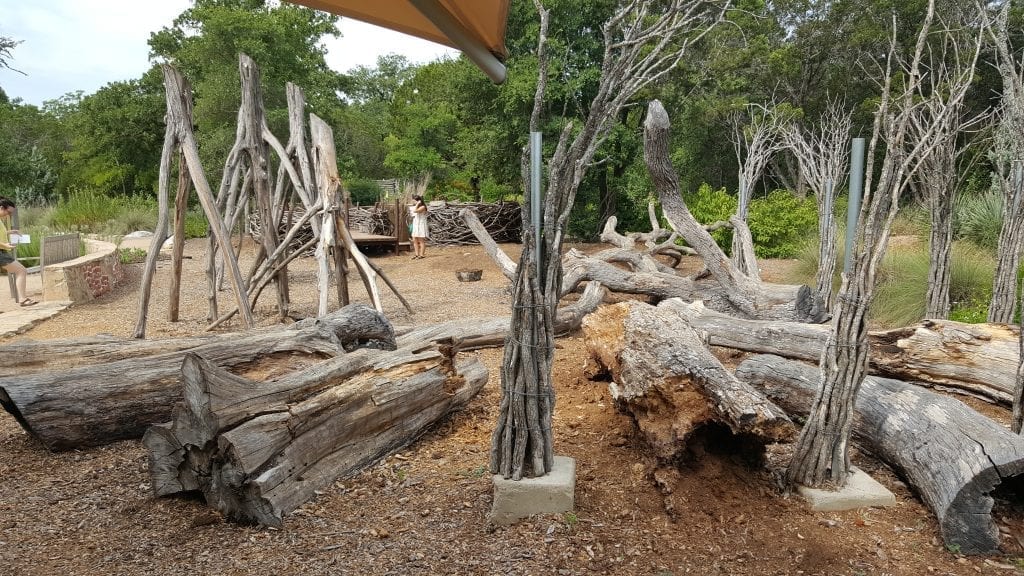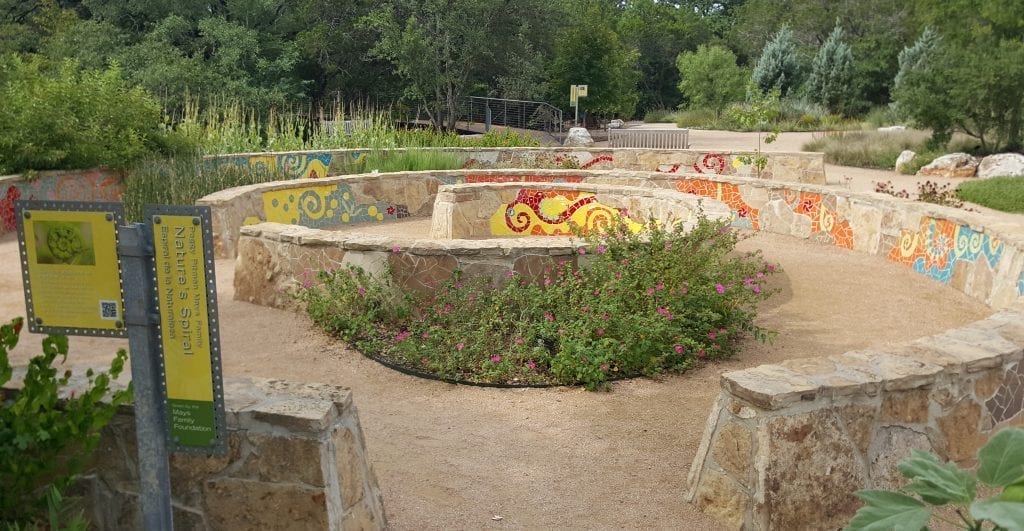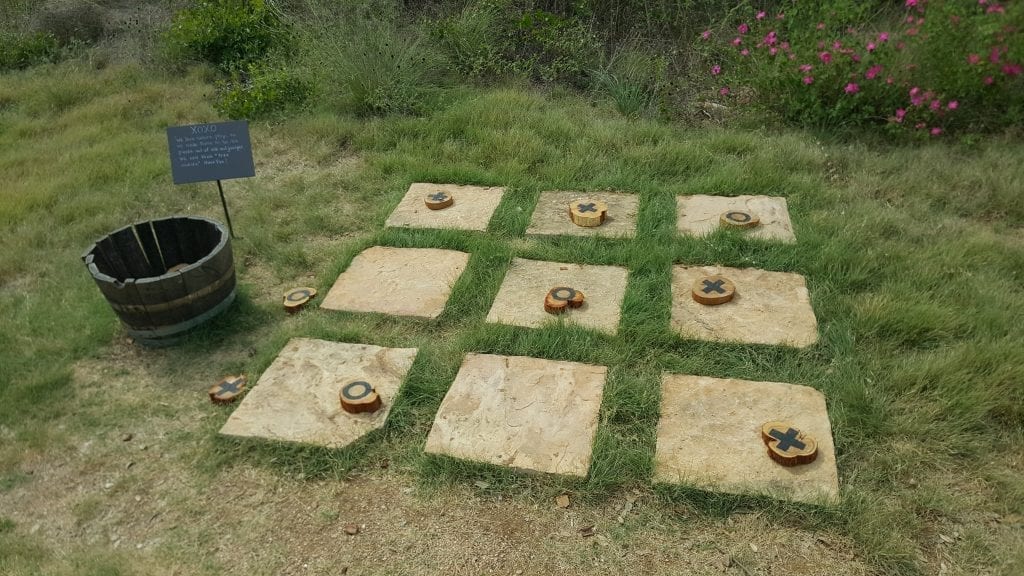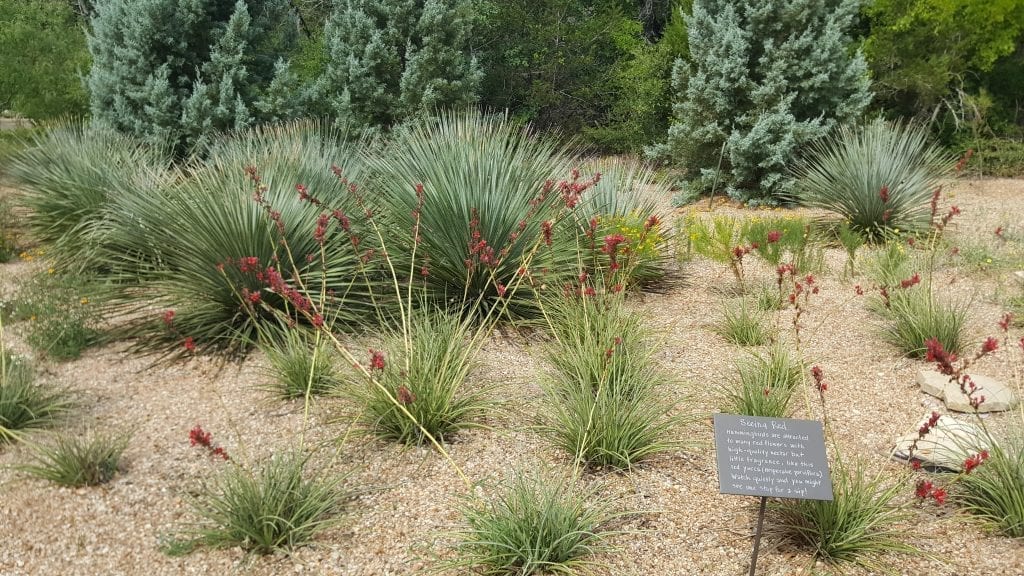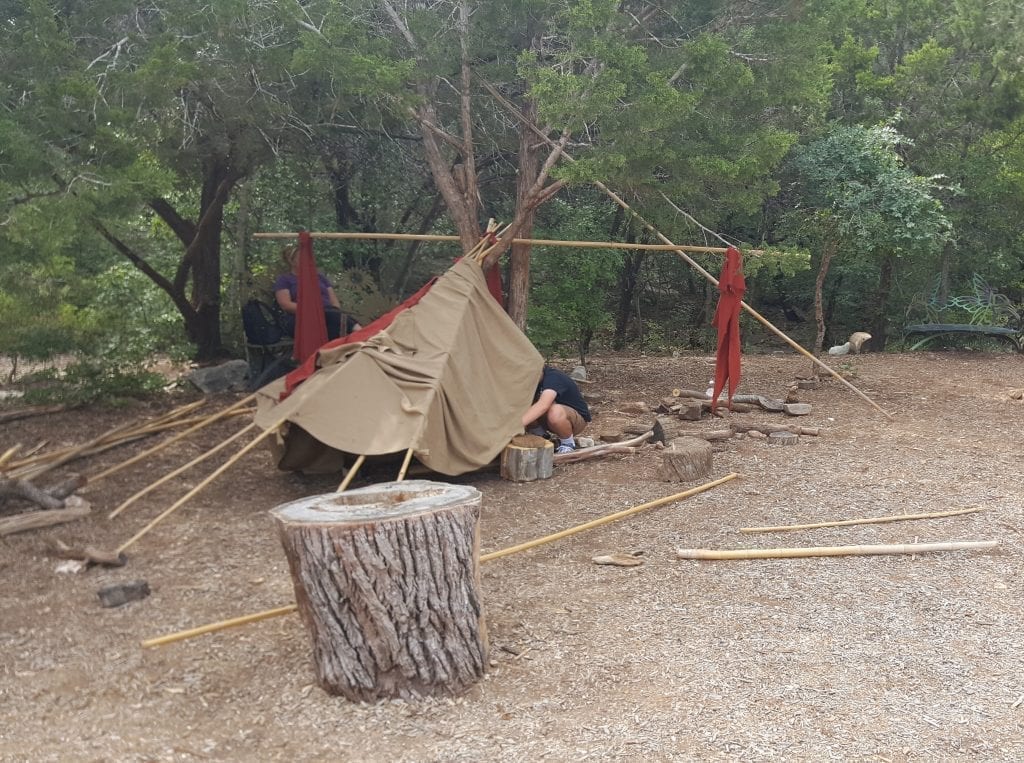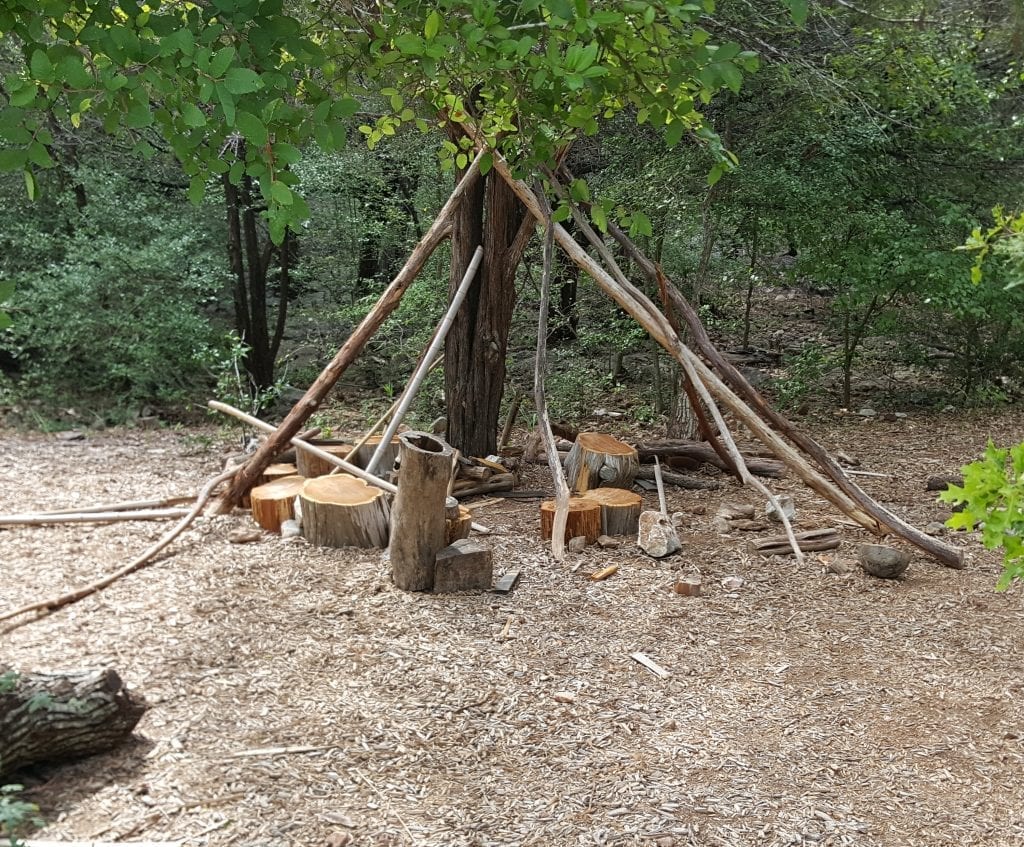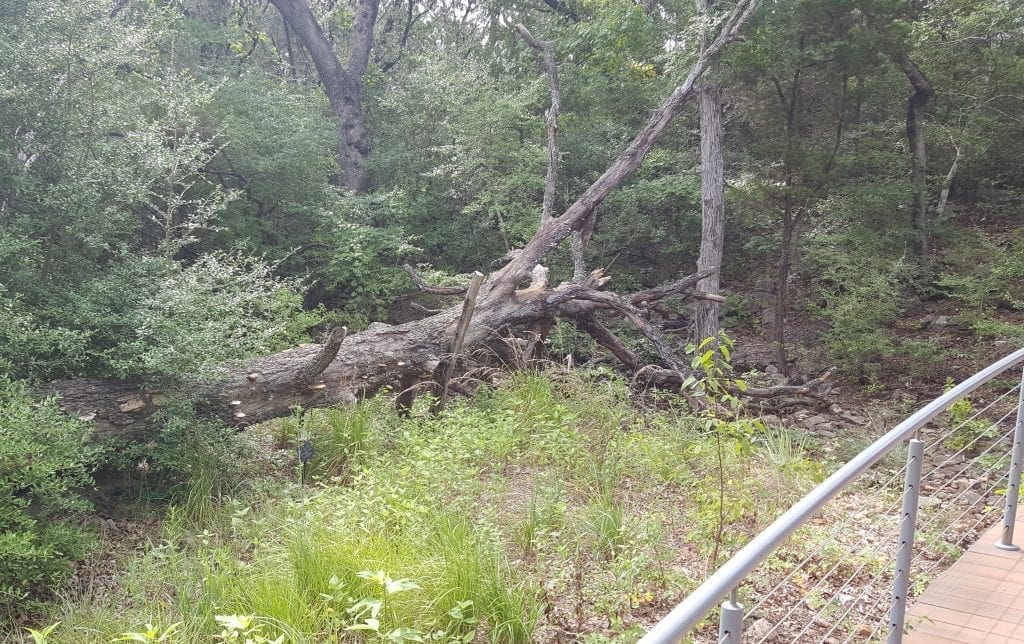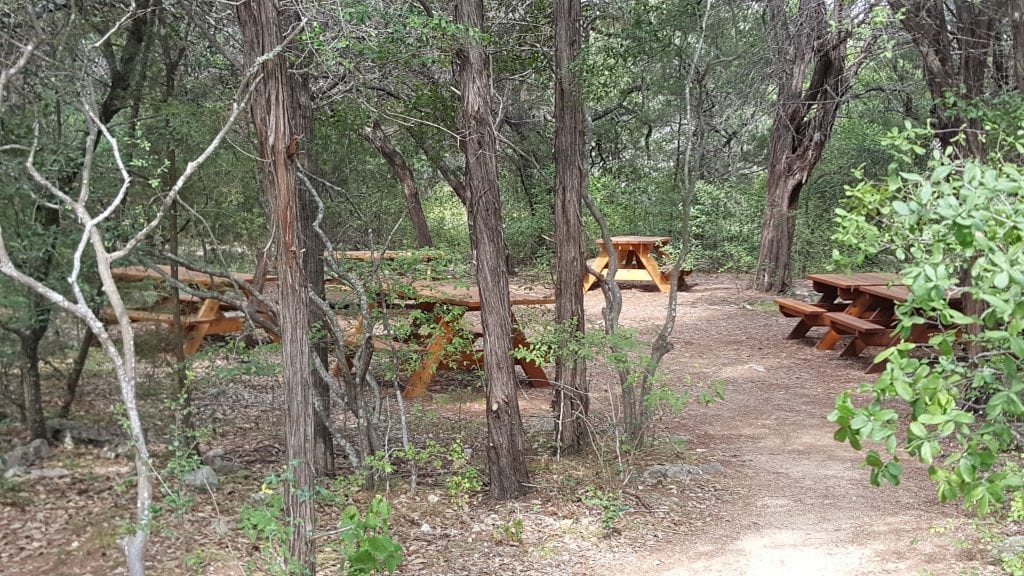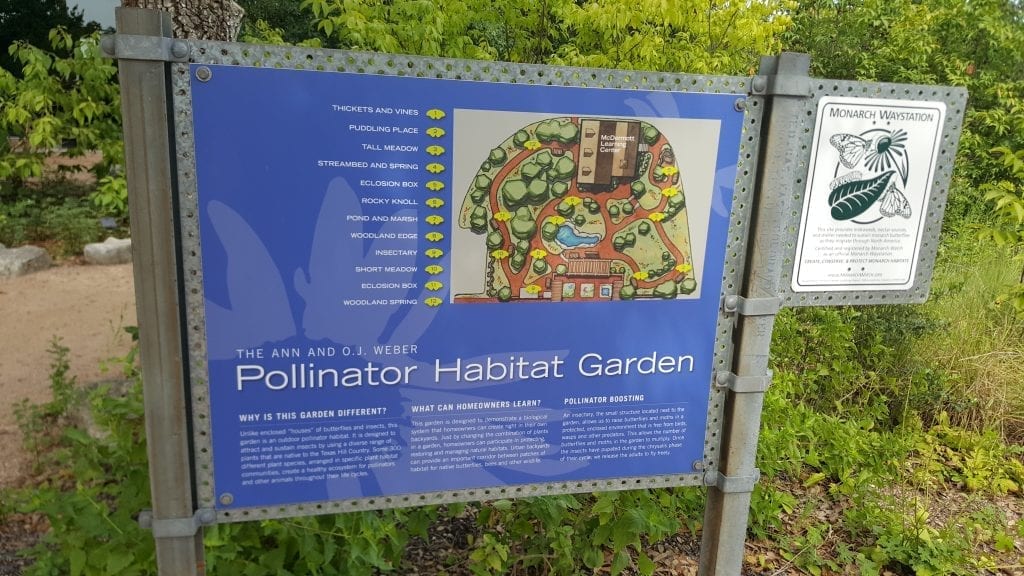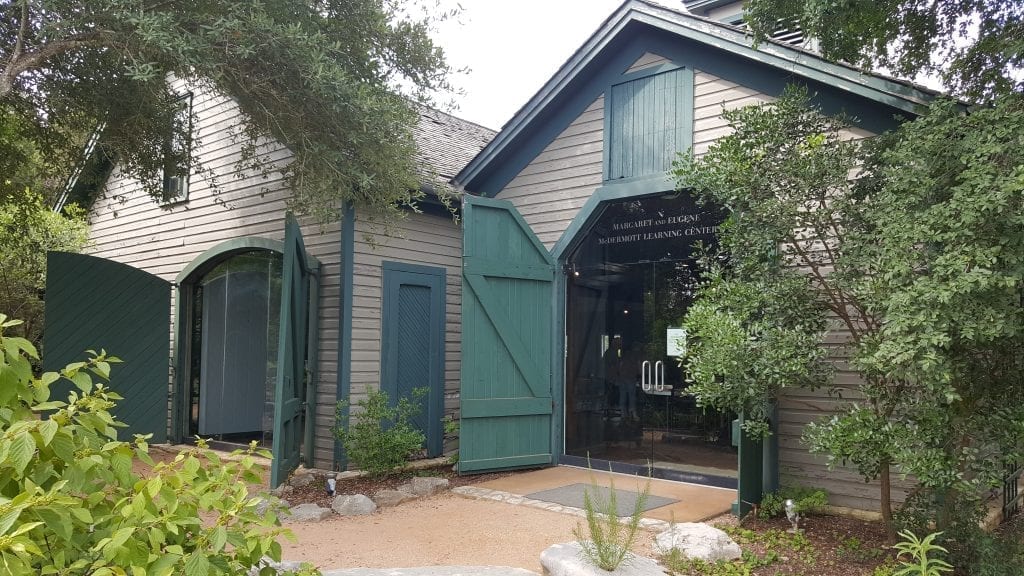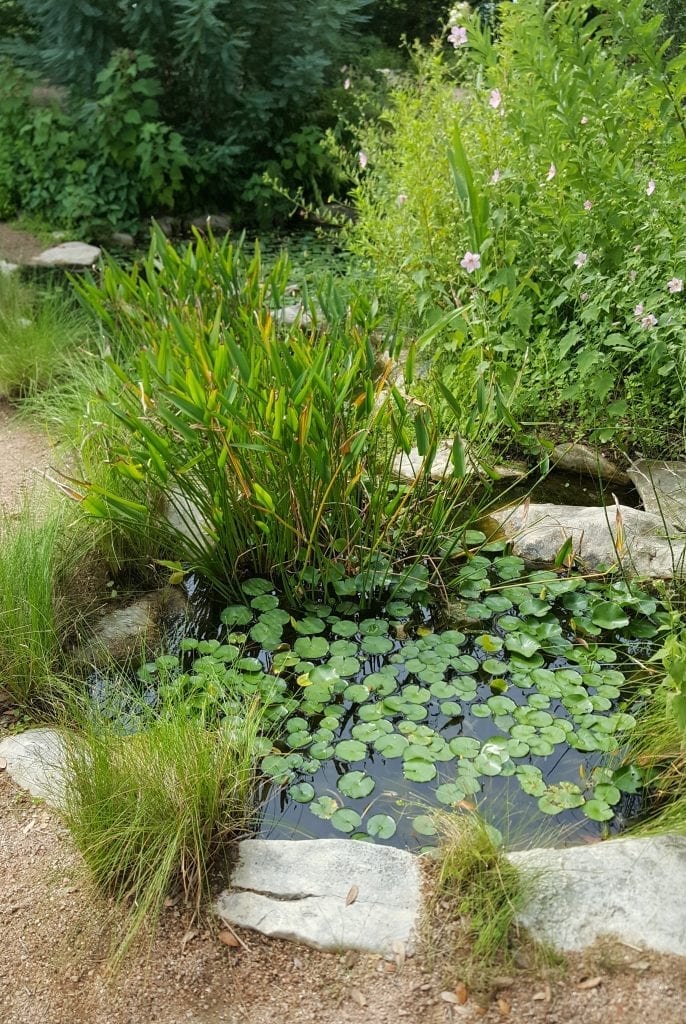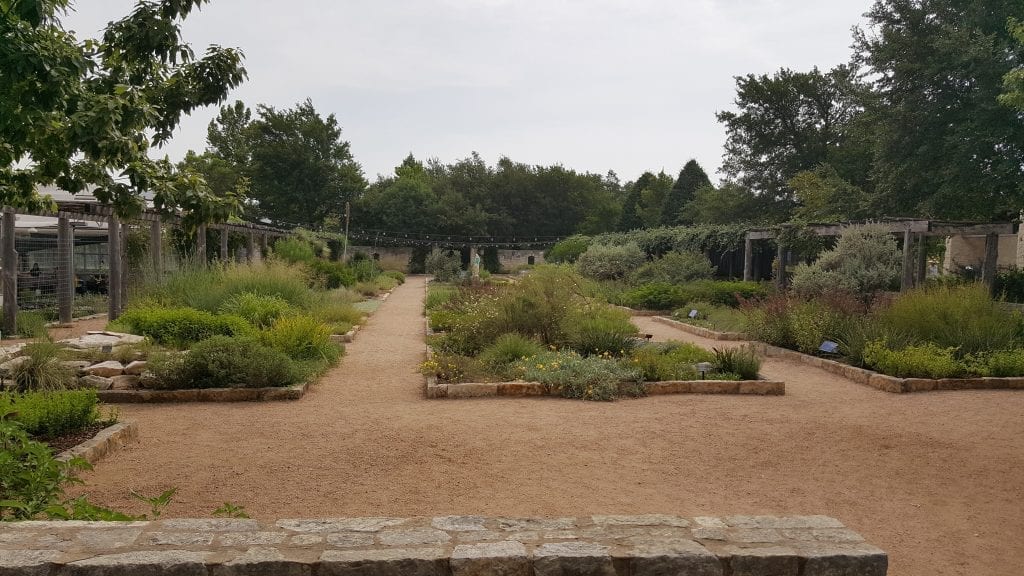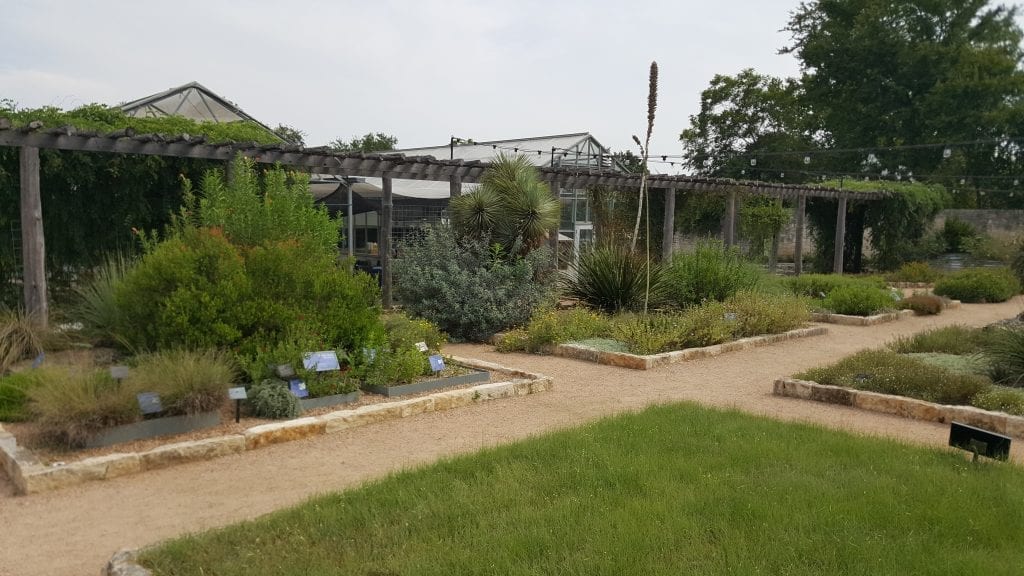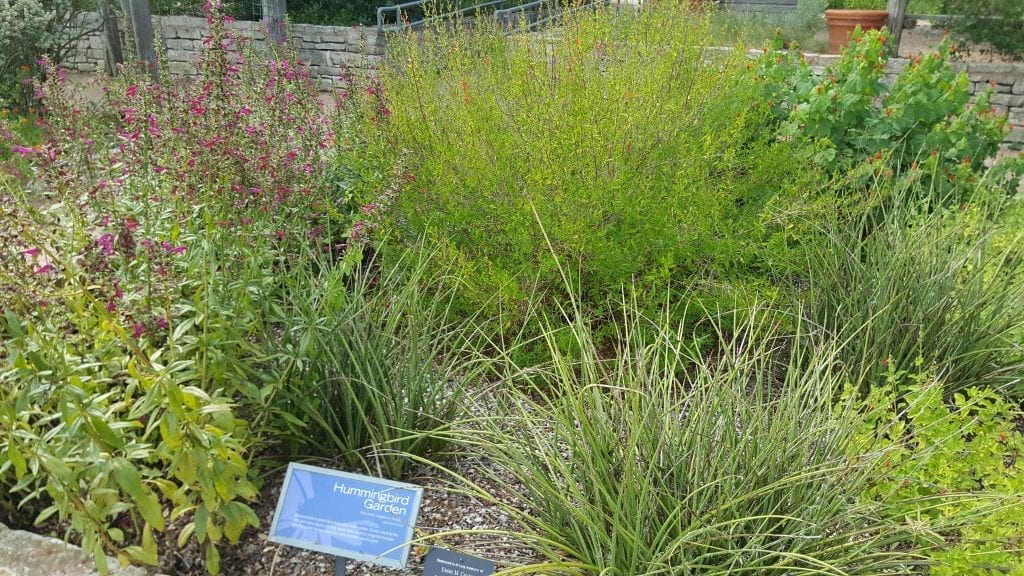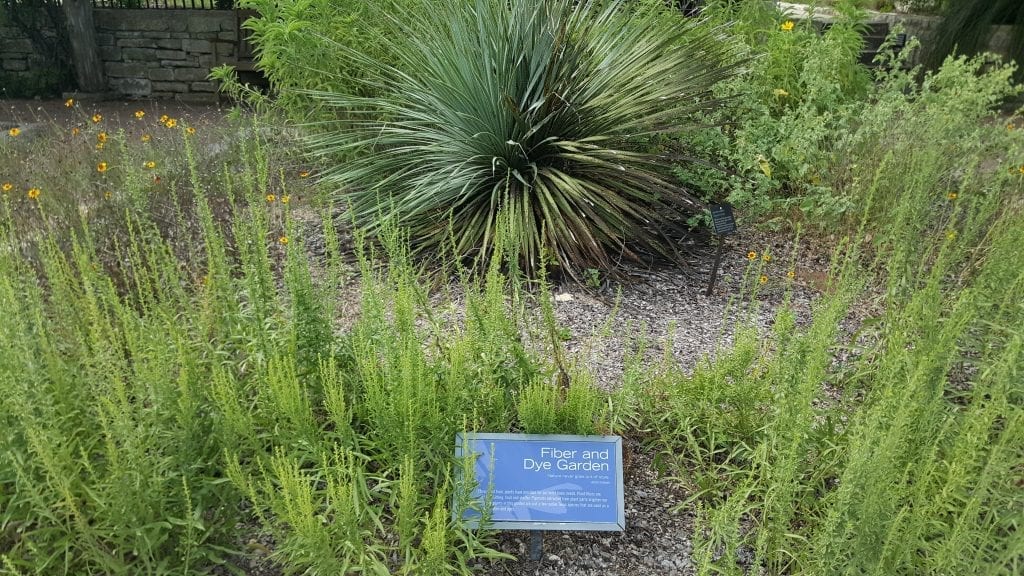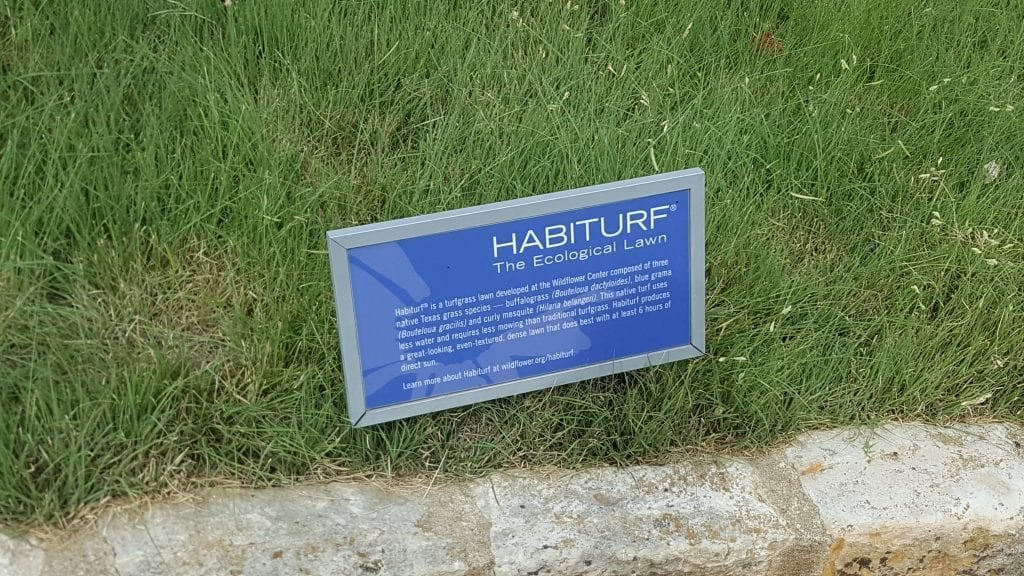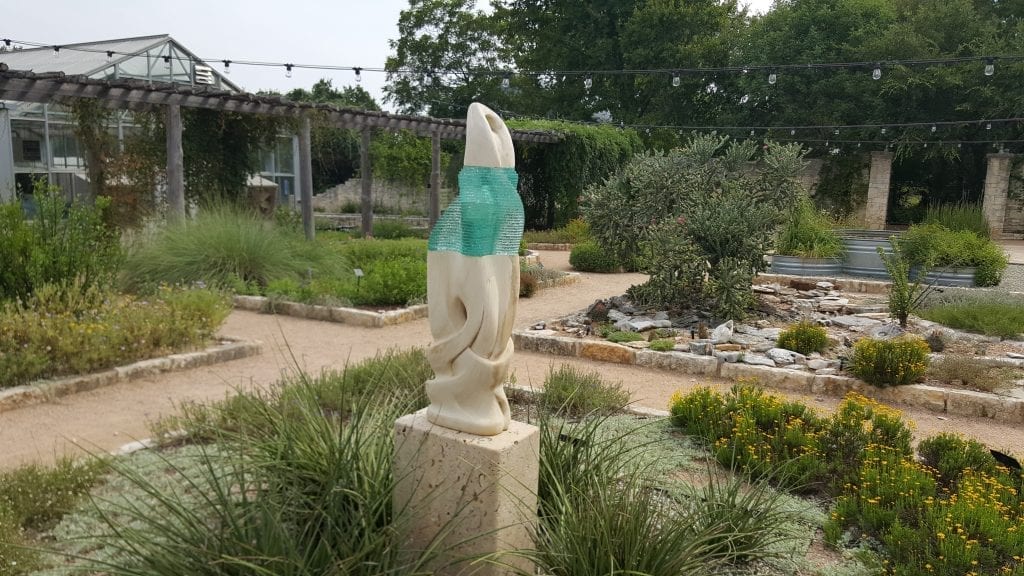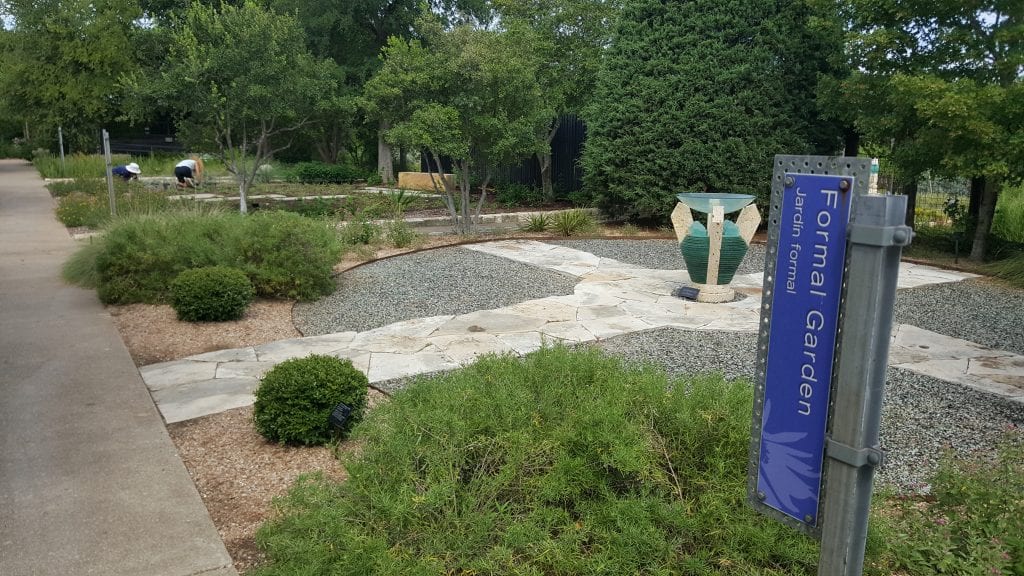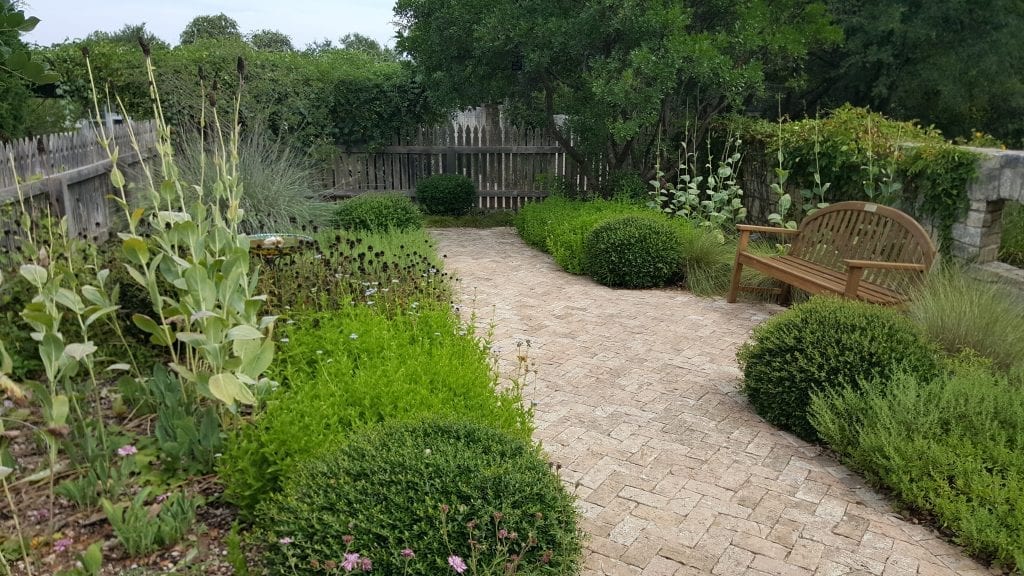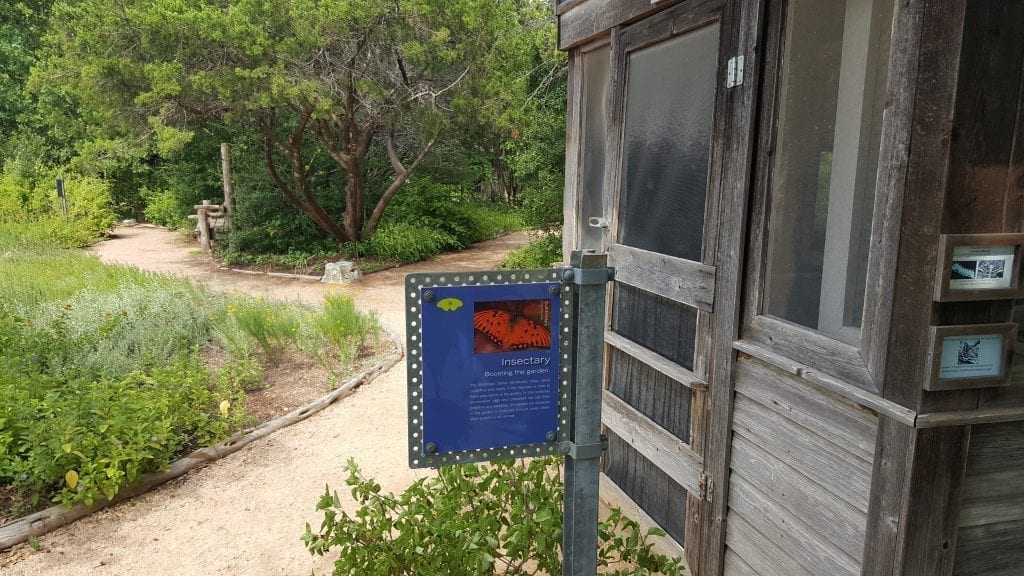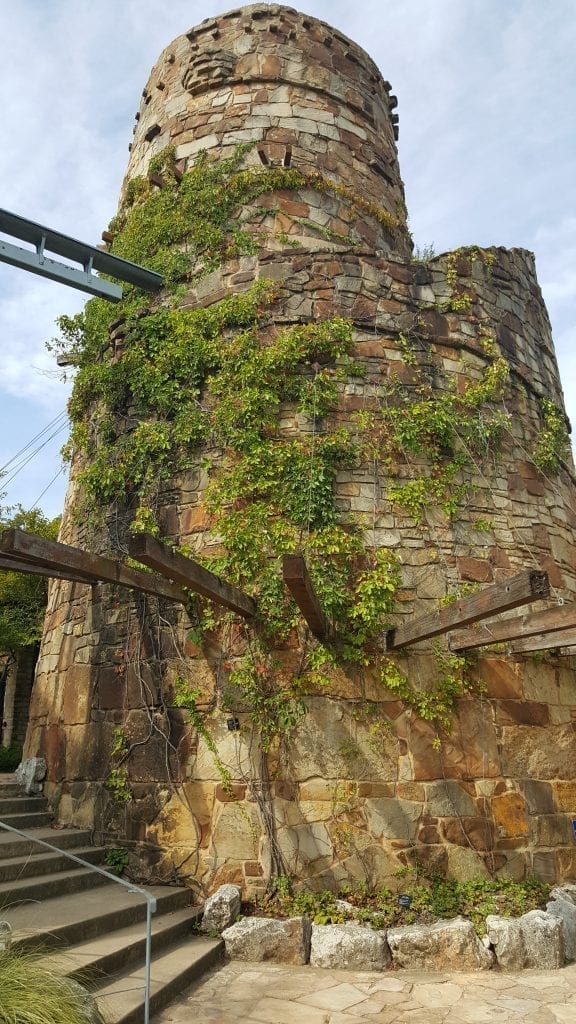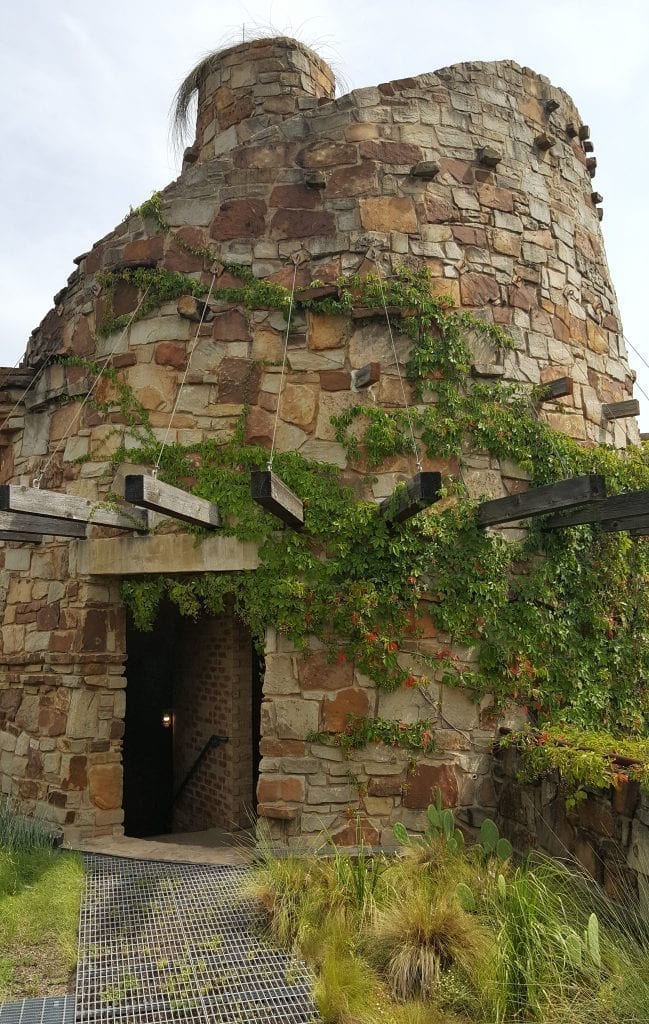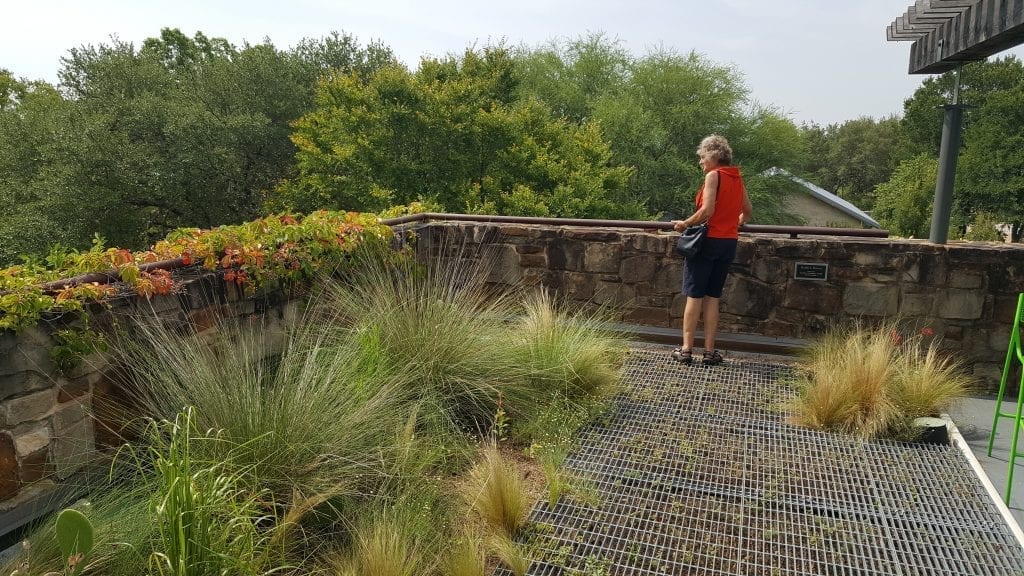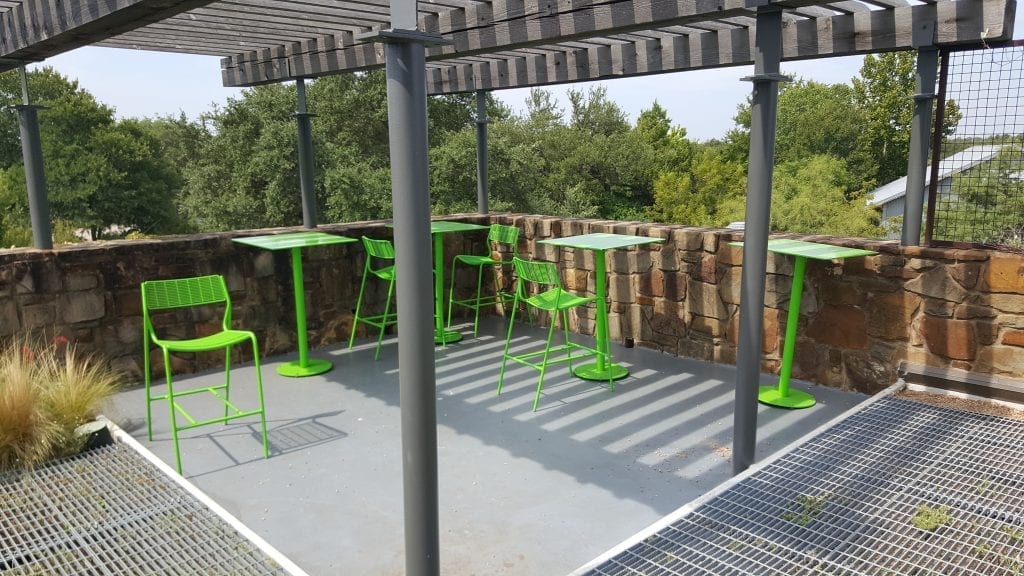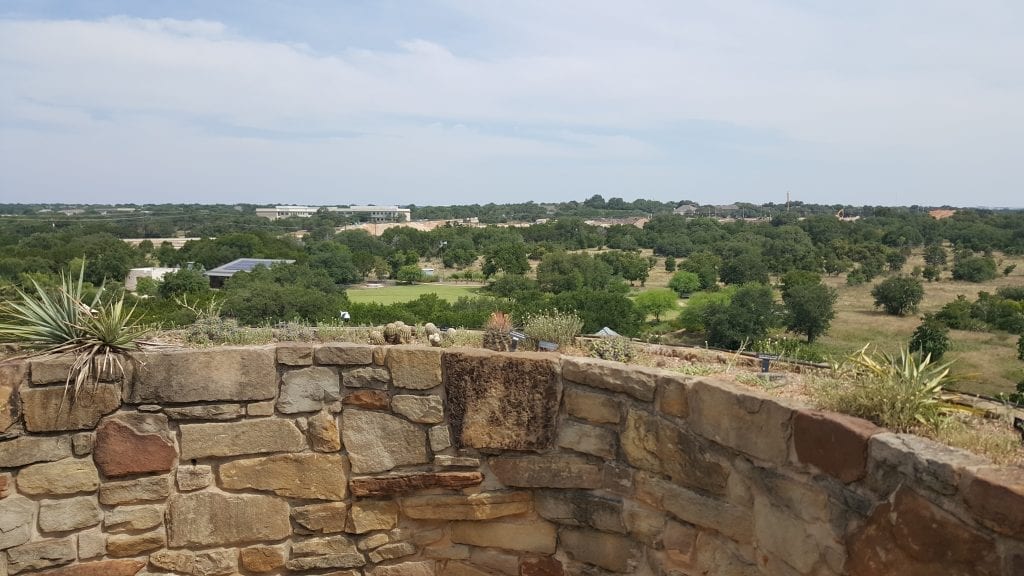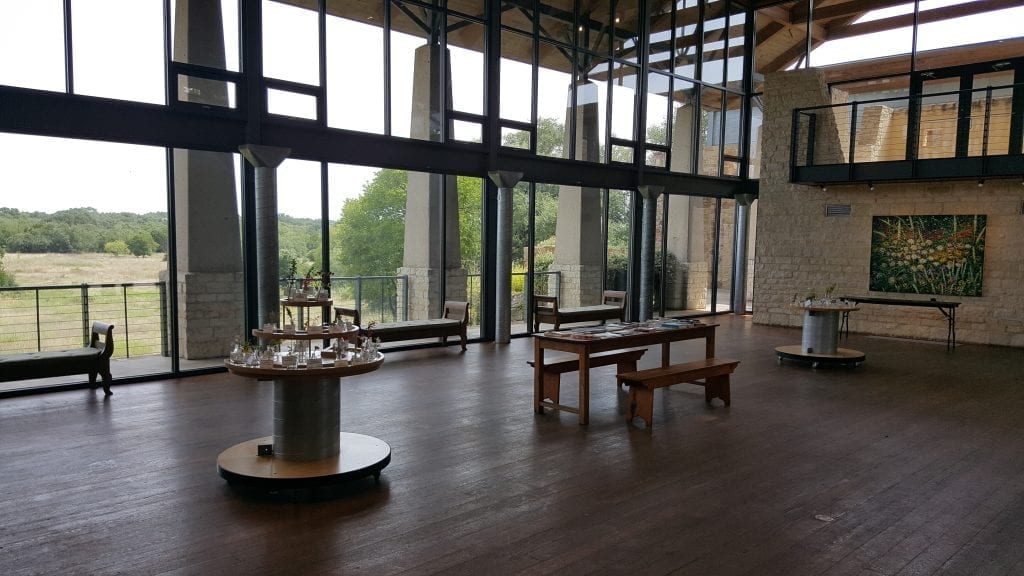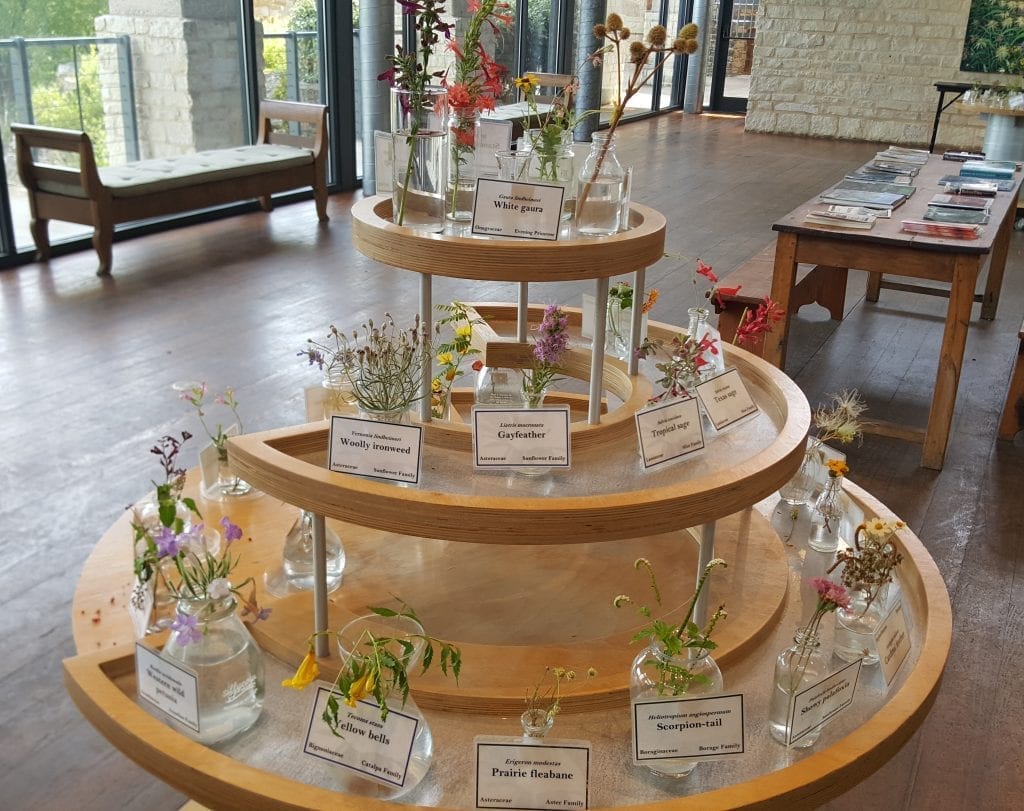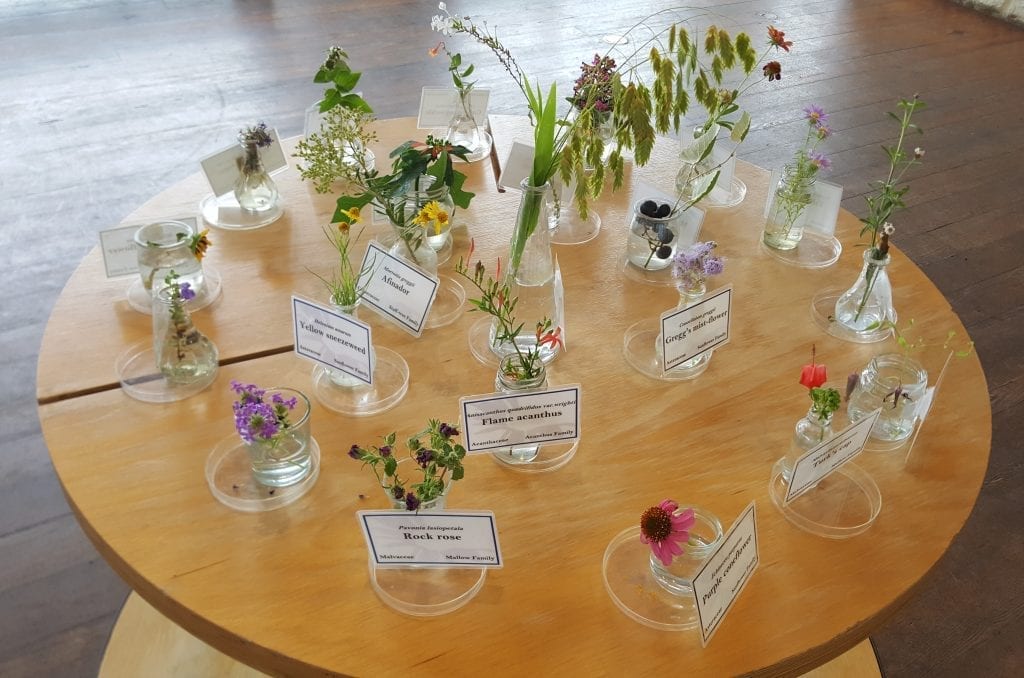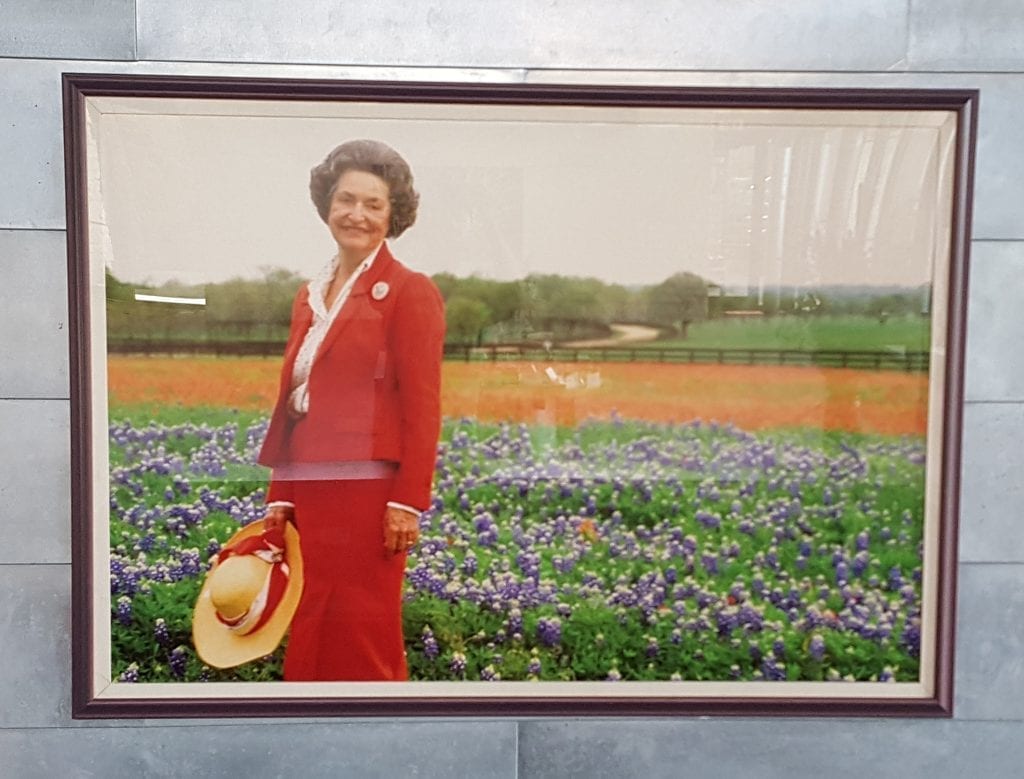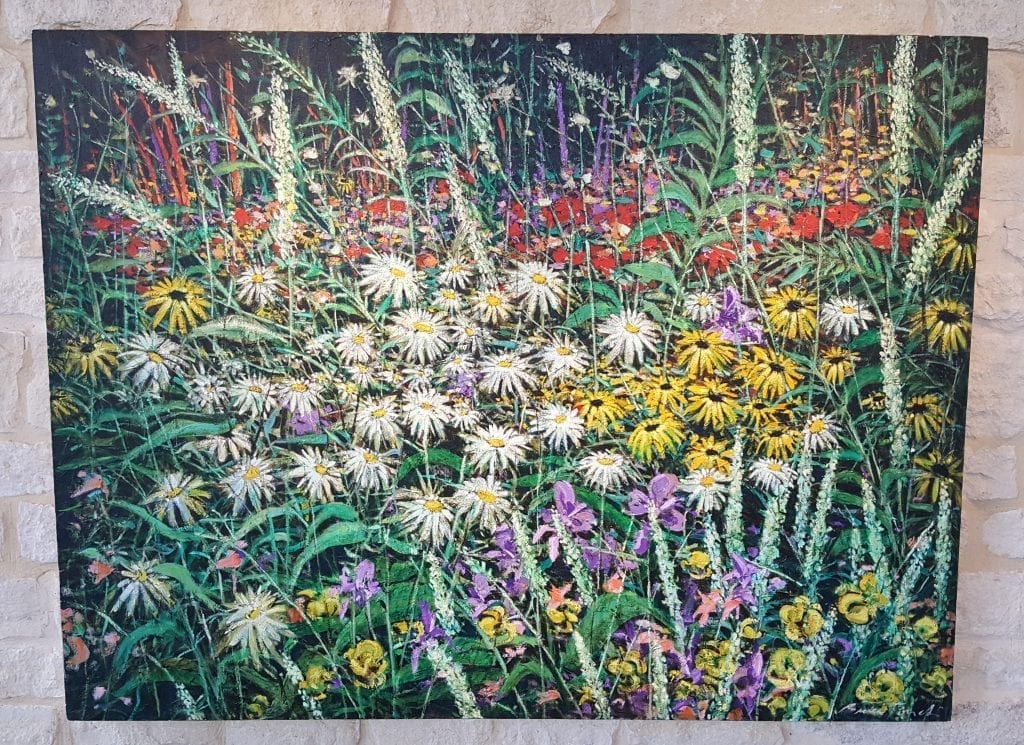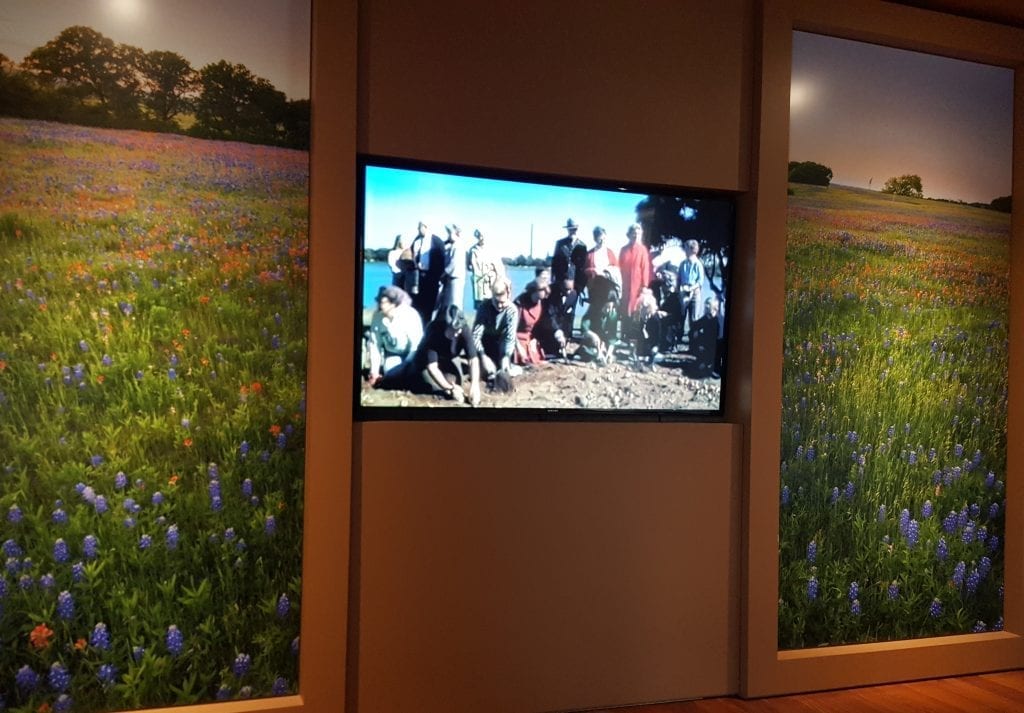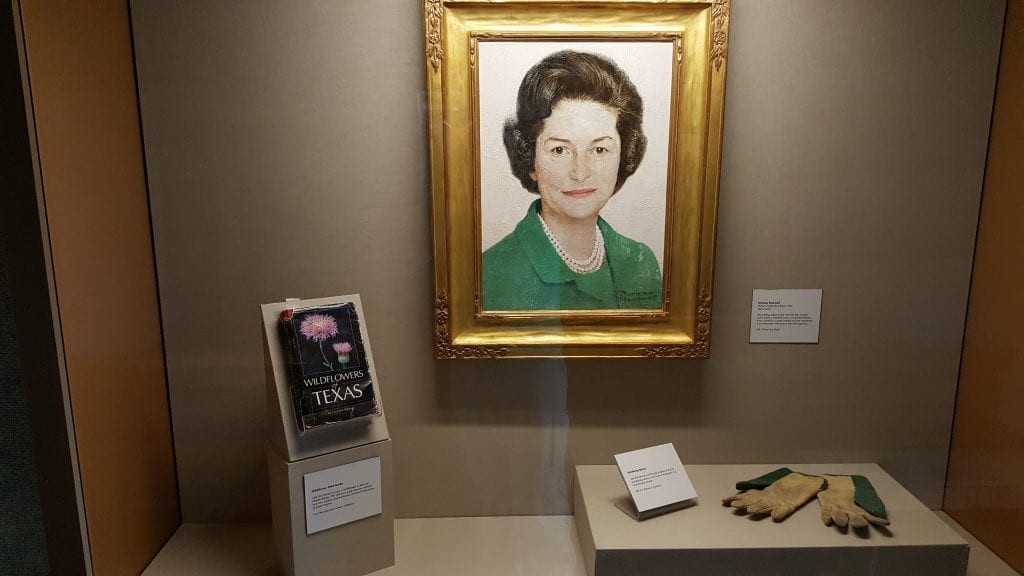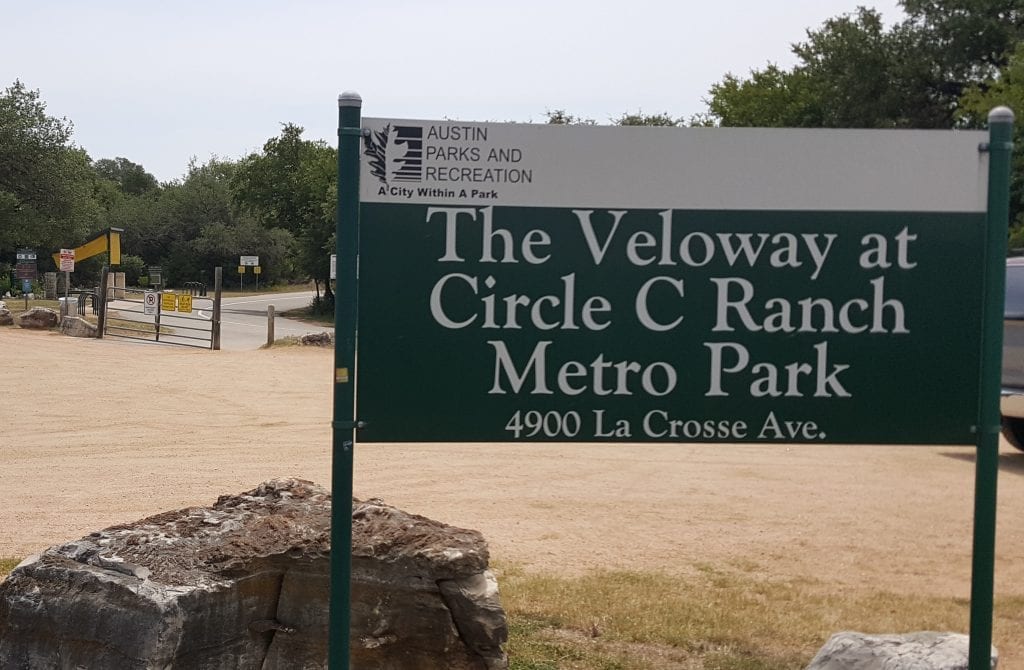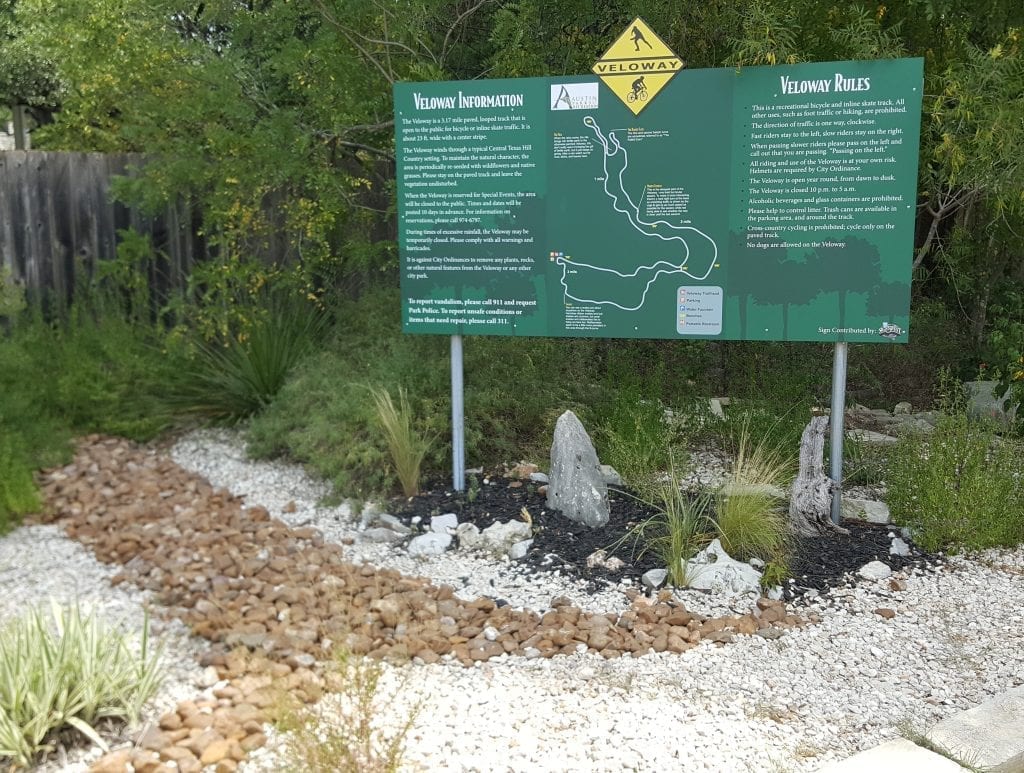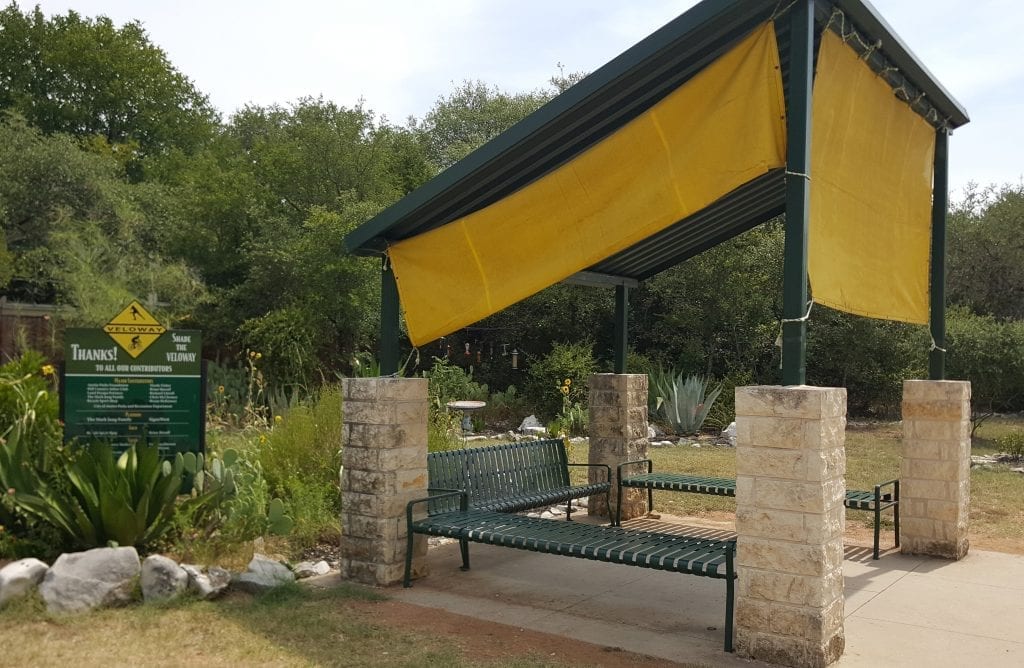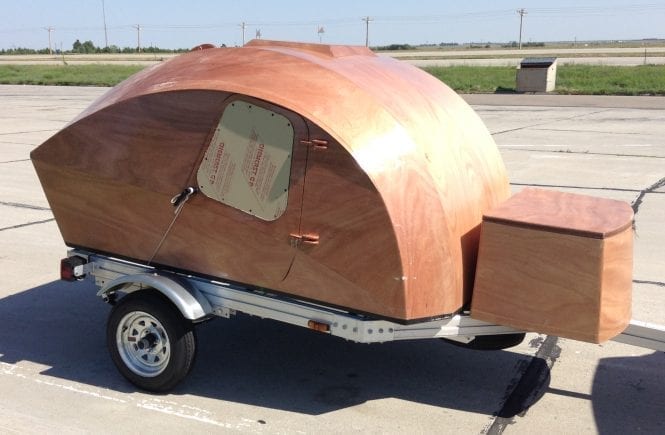Ladybird Johnson Wildflower Center and The Veloway Park
While in Austin, my grandma recommended we go see the Lady Bird Johnson Wildflower Center. My dad had taken my little brother and I years ago, but I can’t remember that visit – so I felt like it was the first time going to the center, especially with all the funding, improvements and expansions within the past several years.
“The University of Texas at Austin Lady Bird Johnson Wildflower Center is the official state botanic garden and arboretum of Texas. The Center promotes its mission to inspire the conservation of native plants through its internationally recognized sustainable gardens, education and outreach programs, research projects, and consulting work.” — LBJWC Webpage
“The Wildflower Center was founded by Lady Bird Johnson and Helen Hayes as the National Wildflower Research Center in 1982 and later renamed the Lady Bird Johnson Wildflower Center in 1997. It is a signature piece of Mrs. Johnson’s environmental legacy and is complementary to the Lyndon B. Johnson Presidential Library and the Lyndon B. Johnson School of Public Affairs on the university’s campus. Originally opened on land in East Austin, the Center moved to its current site on a transition zone between the Edwards Plateau and Texas Blackland Prairies ecoregions in 1995.
The Center has achieved great success since its founding, evolving from a private nonprofit research organization narrowly focused on Texas wildflowers to a major botanic garden and research unit of the university known for plant conservation, landscape restoration and sustainable approaches to landscape design. The Center is making a difference for the health of the planet through its research, demonstration projects, education programs and the development of national-scale programs to promote sustainable landscapes.” — LBJWC Webpage
Below is a picture of the entrance, with the center’s ticket booth that has a living green roof on it!
“Opened in March 2013, the Center’s Admissions Kiosk isn’t just green on top. Despite its small size, it’s positively packed with sustainable features, from repurposed denim insulation to renewable cork floors. It also features a “solar awning,” or protective shade integrated with solar panel cells, that delivers enough power to offset daytime operation of the kiosk.
The structure’s finishes — locally sourced cypress, low-VOC paints and adhesives, formaldehyde-free plywood — further exemplify environmentally sound building.
On top, native prairie grasses and wildflowers grow in 5 inches of SkySystem™, a green roof planning medium developed at the Center specifically for green roofs in hot climates. It helps keep the roots cool and the soil moist and is comprised of 100 percent recycled materials. The green roof — as well as a west-facing green wall — are irrigated by condensate water collected from the building’s air conditioning unit.” — LBJWC Webpage
At the entrance of the Wildflower Center was an artistic metal-cut quote from Lady Bird Johnson about herself and her purpose in this world, something that’s very admirable and insightful!
“My special cause, the one that alerts my interest and quickens the pace of my life, is to preserve the wildflowers and native plants that define the regions of our land—to encourage and promote their use in appropriate areas, and thus help pass on to generation in waiting the quiet jobs and satisfactions I have known since my childhood.” -Lady Bird Johnson
Also at the entrance was the founder’s stone, a dedication of the Wildflower Center to Lady Bird Johnson from March 31, 1995.
The other main feature at the center’s entrance is the entry cistern, which holds 12,000 gallons and highlights one part of the Center’s rainwater harvesting operation.
The pathway to the heart of the Wildflower Center was accented with beautiful stone arches bordering the walkways and the native landscaping!
Throughout the center are various ecosystems on display, like this wetland pond filled with lily pads and reeds, as well as a few fish and a couple of turtles!
“What You’ll See In This Garden
- Look for red-eared sliders, gulf toads and ribbon snakes (non-poisonous) who live and feed in or around the pond.
- Spring visitors who look up diagonally from the pond may enjoy the special treat of seeing Athena, a great horned owl who has nested in an overhead sotol planter for some years now.” — LBJWC Webpage
Below is the map of the Wildflower Center, which is broken up into 3 sections – the Central Complex, the Central Gardens, and the Family Garden.
“The Lady Bird Johnson Wildflower Center’s 284 acres are a mix of cultivated gardens, an arboretum, managed natural areas and wildlands that straddle the Edwards Plateau and Texas Blackland Prairies ecoregions. Our landscapes and buildings reflect our purpose to conserve native plants, create sustainable landscapes and conserve resources.
- More than 800 species of native Texas plants have been cultivated or grow here naturally.
- Our buildings and hardscapes are constructed with locally-harvested stones and reflect regional architectural styles.
- The built structures harvest rainwater into a 68,500-gallon capacity storage system.
- We manage our landscapes to support a vast web of life, and have recorded more than 143 species of birds, 15 species of mammals, and 1,800 species of insects.”
— LBJWC Webpage
As we walked into the central courtyard, we entered a beautiful space with a central spring pond and several styles of architectural buildings surrounding us – influenced by early European settlers, Hispanic ranches and early Texan farm architectural styles.
“As the central gathering place at the Lady Bird Johnson Wildflower Center, the Courtyard has seen live music, first dances, grand galas, family activities and the quieter daily comings and goings of visitors. Around its perimeter guests find the gift shop, Wildflower Café, the Great Hall, restrooms and water fountains. At its center is the clear and beautiful Courtyard Spring, a simulated Hill Country spring reminiscent of Jacob’s Well in Wimberley, Texas.” — LBJWC Webpage
On the outer-rim of the courtyard, the three of us walked past the cafe and observation tower. Our guide told us about the wooden beams sticking out from the observation tower, which I always thought were from shading or vine trellising – but he informed us that its part of the architectural style which was historically used for scaffolding as the builders continued building up structures!
We stopped at this sculpture, made by J.J. Priour, the commissioned sculpture with works throughout the wildflower center. Both of my grandparents really appreciate art and sculptures, so my grandma asked a few questions about the artist and his works along our tour!
“J.J. Priour’s vision and inspiration for art come from growing up in Central Texas and watching his father, Damian Priour, evolve in his lifelong passion as a sculptor. The Central Texas limestone and glass, used as a metaphor for water, are the unique elements combined in his pieces of sculpture that capture the light, fascination, beauty and strength of the relationship between nature and the artist. These materials deeply depict the importance of our place in and commitment to our surrounding environment. Priour hopes to enlighten the community with love of the arts in our environments and in our homes.
Priour’s collection of sculptures in “Local Light and Water” can be seen around the Wildflower Center grounds.” — LBJWC Webpage
We left the Central Complex and entered the Central Gardens to face a large round garden space designed to be the color garden, which had a few colorful flowers and plants, but not as many compared to other seasons where the whole garden is in bloom.
“The Central Gardens are part of the Wildflower Center’s original core, having been here since the current location opened in 1995. These sustainable gardens display many of the 650 species of native plants growing throughout the Center, using them to a variety of ends — from providing nectar for pollinators to creating riots of color — in gardens that conserve water and support wildlife.” — LBJWC Webpage
Turning right down the pathway, we came across the Seed Silo Garden, a specialty garden utilizing a ‘time sharing’ planting technique and gives recognition to the silos that no longer hold seeds for the wildflower center, but are now serve as aesthetics for the garden. (They might have been converted into cisterns? I cannot recall.)
“Pink evening primrose and bright orange Texas lantana give the garden at the base of the seed silo a cheerful appeal during showy flowering seasons. Meadow and prairie species (such as purple coneflower and prairie goldenrod) soften the transition from surrounding gardens to the hard lines and metal of the silo and adjacent buildings.
This garden showcases a technique known as “time sharing,” where species that are active at different times of the year are planted in the same spot. For example, foxglove, an early spring bloomer, is planted in the same spot as Texas lantana, which blooms later in the summer.” — LBJWC Webpage
‘Sun’s Out, Seed’s Out’ says the sign in this edible garden patch full of Sun Flowers, enjoyed by both humans and animals alike!
Continuing down the path, we passed the West Texas Mountain Collection garden, featuring a lot of the plants I saw while I was going to school at Texas Tech University in West Texas, like Mexican feather grasses and agave plants!
“The mountains of West Texas are home to a wide variety of unique and spectacular drought-tolerant plants, and this garden features a small sampling of what would occur in that arid environment. Some species, such as the Blackfoot daisy, have a range extending into the Texas Hill Country. Others will not appear in the wild until one reaches far West Texas. The iconic combination of Harvard agave and Mexican feather grass is prevalent throughout the desert highlands and will transport visitors to higher, drier lands. With recent warming trends and droughts, these plants (which require no supplemental irrigation) are making their way into more private and public gardens and landscapes.” — LBJWC Webpage
The three of us came to the end of the buildings portion of the trail and stepped into the open Savanna Meadow of the grounds, which served as a wildlife preservation and showed guests what the land looked like during the times of pioneer settlement!
A slight turn from where I was standing on the path through the Savanna Meadows, we could see the backside of the Great Hall, a large event space that includes a small theater and seasonal cuttings from plants that are in bloom.
A few steps further into the path was the Nectar Garden, where there were countless bees and butterflies on all the flowers!
Here’s another view into the Savanna Meadow, much like the view early European and Hispanic settlers had before putting down roots and developing the land.
The Savanna Meadow path curved around to the Luci and Ian Family Garden entrance, that takes guests over the seasonal dry creek bed into the family gardens!
“This 4.5-acre garden — opened in 2014 — connects children and families to the natural world by providing more than a dozen interactive and educational features made of natural materials.
Little (and big) kids can look forward to:
- A native shrub maze
- Giant tree stumps to climb on and around
- A walk-through Fibonacci spiral
- Giant birds’ nests made from native grape vines
- A grotto with caves and a picturesque waterfall
- Math-themed hopscotch
- A soft, picnic-ready lawn of native turfgrass
- A child-sized wildlife blind
- Limestone boulders with interactive “watering holes”
- A flowing creek with dinosaur footprints and related water activities”
— LBJWC Webpage
Our guide took us past the ‘play lawn’ where a kid’s outdoor summer camp was being held and they were all playing games and singing songs about nature! I imagine this is where music and other community events are held because this space is pretty big!
On the far side of the ‘play lawn’ was a fenced off area for the construction of a small children’s library pavilion, which will provide both children’s books and shade for curious little minds!
Throughout the family gardens were life-sized sculptures of native animals, like this one, off the beaten trails so children could see the types of animals in their native habitats that can pass through the area – even without actually seeing the live animals.
On the far side of the ‘play lawn’ beside the windmill are outdoor workout equipment for those who come to the Wildflower Center to exercise and jog around! I think the integration of the workout equipment is a good compelling factor for health-conscious adults who also like to play and stay fit.
At the edge of the ‘play lawn’ sits the Robb Family Pavilion, with several solar panels on top and a water cistern to collect rainwater for the creek, this pavilion serves as a sustainable outdoor model as well as an outdoor classroom for summer camps, school field trips and covered area for events!
Also in the children’s garden are these dedicated butterfly seats for guests to rest their legs!
The Metamorphosis Maze in the children’s garden features native shrubs and trellising vines that make up a small maze for kids that feature the life cycle of a frog, with a central frog statue for kids to play and climb on!
I thought this installation was really cool, even as an adult! This exhibit shows kids how water flows through karst limestone by pouring water through the giant limestone porous boulders using watering cans filled up from the water pump! Our guide said that water never comes out the same hole twice, even if you pore it in through the same spot.
The water from the limestone flows into Dinosaur Creek, where kids can follow the footprints of a mother and baby Acrocanthosaurus and the much smaller Ornithomimid. Nowadays, the creek inhabitants are fish, frogs and turtles. I really like how they incorporated a covered shade spot for parents and have a waterfall feature for the kids!
The Stumpery is a natural playground for kids that uses fallen cedar trees as play structures and climbing obstacles, while the three life-sized bird nests are made of natural grape vines!
The installation across from the Stumpery is the Nature’s Spiral exhibit, which incorporates a Fibonacci design with numbers and spirals that are found in the mosaic artwork!
On the backside of the waterfall were a few lawn games for kids, like this tic-tac-toe board using ‘tree cookies’ as the X’s and O’s!
This ‘Seeing Red’ yucca garden attracts hummingbird, which are highly attracted to the red colored flowers with high-quality nectar!
Further down the path, we passed the tree-pee interactive area, where children can build tepees with the available materials. These kids look like they are using the tree as part of their tree-pee!
We left the children’s garden and our guide pointed out this fallen tree, which the center discussed removing after it fell down shortly after construction of the bridge was completed. However, they decided to leave it so children could see the mushrooms and fungus grow during the decomposing process of the tree!
At the Woodland’s Edge Entry point, the end of the children’s garden, was an covered clearing with picnic tables for families or groups that brought food for picnics.
We entered the Ann and O.J. Weber Pollinator Habitat Garden on the backside of the Central Garden, where there were many pollinator habitats throughout this section of the garden – including certified monarch way-station habitats!
“This vivacious garden demonstrates the codependent relationship of plants and insects and the critical role of pollinators in sustaining biodiversity. Unlike enclosed butterfly houses, this garden is an open-air pollinator habitat. It is designed to attract and sustain many kinds of pollinators by using a diverse range of plants that are native to the Texas Hill Country. The garden was designed by Judy Walther of Environmental Survey Consulting,
What You’ll See In This Garden
- Three hundred and fifty different plant species, arranged in ten different plant communities designed to support butterflies and other invertebrates throughout their life cycles
- A variety of habitat types, including: pond, marsh, meadow, woodland, seep, streambed, thicket, woodland edge, and rocky knoll
- Benches, walking paths and shaded areas for quietly observing butterflies and other pollinators
- Pollinator eggs, larvae, pupae and adult invertebrates
- An insectary where we protect and exhibit the caterpillar (larval) phase of the butterfly and moth life cycle in an enclosed environment free from predators. Once the insects have pupated, they are released and allowed to fly freely.”
— LBJWC Webpage
Not far from the pollinator garden sign is the Margaret & Eugene McDermott Learning Center, a restored 19th-century carriage house used as a multi-purpose educational facility supporting diverse programs – from live animal demonstrations to photography exhibits!
“John Driskill, the founder of Austin’s Driskill Hotel, built this historic carriage house in 1885. The carriage house was originally located behind the Driskill mansion at 2612 Whitis Avenue, which today is located just north of the campus of The University of Texas of Austin.
The mansion and carriage house were sold in 1891 to Emerson Monroe Scarbrough, founder of Scarbrough’s Department Store. The structure originally housed horses that pulled carriages and delivery wagons. It later housed a fleet of Model T Fords that delivered goods for the department store.
The carriage house was moved to the Wildflower Center on June 14, 2001, and was restored on-site. The restoration, which was overseen by Gregory Free and Associates, returns the building to its original appearance. Margaret Scarbrough Wilson and Lemuel Scarbrough donated the carriage house and relocation costs to the Wildflower Center.
The restoration of the structure was made possible by a gift from esteemed Dallas philanthropist Margaret McDermott and was renamed the Margaret and Eugene McDermott Learning Center on October 11, 2002.” — LBJWC Webpage
In front of the learning center, as part of the pollinator garden, is this small pond with some aquatic and water-friendly plants. While we were standing here, we saw a handful of dragonflies and butterflies coming in to land and get some water from the water-soaked edges.
We turned around and faced the Theme Gardens, a group of raised garden beds with various themes, like desert friendly to fiber and dye plants to hummingbird friendly gardens! I thought the layout of this area was very tasteful and unique that it could fit all of these species and varieties of plants in a small area.
“Passing through the gateway of an impressive limestone wall, visitors find an al fresco foyer opening onto the Theme Gardens, the most extensive exhibit of native plants at the Wildflower Center. Twenty-three separate theme beds demonstrate just a few of the infinite varieties, uses and adaptations of plants native to Texas. The various beds, some of which change according to season, showcase many different types of native plants, from ground covers and cacti to grasses and edible plants.
These gardens demonstrate specialized planning and techniques all well within the reach of the weekend gardener. Specialties, or “themes,” include attracting butterflies, using water and rock features, or protecting plants from voracious deer, among others. Visitors can glean inspiration for using the beauty of their regional native plants in their own gardens.
What You’ll See in These Gardens
- A shady arbor, wrapped with vines and dotted with benches, running alongside the garden beds
- A collection of our staff’s favorite native plants for Texas gardens
- A moonlight garden, displaying night bloomers best tended in the cooler evening hours
- Beds with plants suited for different regions of Texas
- An educational tribute to “Wilderness Walkers,” intrepid botanists of this rugged region
- A fiber and dye garden, displaying plants with parts and pigments used in creating clothing, food and shelter
- The healing garden, featuring plants used by Native Americans and early Hill Country settlers for treating injuries and ailments
- Example of a deer-resistant garden, with plants less appealing to Cervidae palates
- Examples of using different types of ground cover and mulch for practical and decorative reasons
- A wildlife pond
- The colorful hummingbird garden, planted with species that attractive the native jewel-colored flutterers”
— LBJWC Webpage
One of the bed in the Theme Garden was dedicated to ‘Habiturf‘, a blended turfgrass that is resilient and requires less maintenance/water than traditional turfgrass from what our guide said!
“Habiturf® is a blend of Bouteloua dactyloides (buffalograss), Bouteloua gracilis(blue grama) and Hilaria belangeri curly mesquite). It establishes quickly and, best of all, conserves precious resources once established. It does especially well in the dry regions of Texas, Oklahoma, New Mexico and Arizona.
Although Habiturf is a mix of species, its grasses have almost identically shaped leaves and color, producing a great-looking, even-textured lawn that does well in full sun (see this how-to for detailed growing instructions). A dense and attractive native turf, Habiturf is soft to the touch and comfy on bare feet. And it compares favorably to non-native turfgrass species in its ability to thrive with minimal watering and mowing.” — LBJWC Webpage
Also in this garden is another one of J.J. Priour’s sculptures, as part of his “Local Light and Water” sculpture collection!
Along the side of the main Theme garden were several smaller designed landscapes for home-owners, called the Formal Garden, which also featured another one of J.J. Priour’s sculptures.
At the far end of the Formal Garden was the onsite Insectary, where the center raises butterflies and moths to increase the pollinator population. Once the eggs and caterpillars reach the chrysalis stage, the are put on display in protected areas on the grounds so guests can see the lifecycle process without the predator interference. Very interesting!
All three of us returned to the Central Complex courtyard at the end of our impromptu, private tour. We thanked our guide for such an informative tour and let him know he will make a great docent once he finishes his training!
Grandma and I wanted to climb the Observation Tower (cistern) to see the entire center, so we made our way over and started up the stairs for a panoramic view!
“Climb to the top of the Observation Tower to get a bird’s-eye view of the Wildflower Center. A spiral stairway leads to a perch high above the Central Complex, offering views of the Center and surrounding countryside.
This memorable feature — topped with a spineless prickly pear (Opuntia ellisiana) and fountainous Texas beargrass (Nolina texana) — is also a 10,000-gallon cistern and was used as a vertical landfill for debris generated during the Center’s construction.
Just as the Center champions the conservation and application of native plants, its buildings reflect the materials and historical styles of the area. The Observation Tower’s brown sandstone, for instance, is from nearby Lampasas, and its architectural style is representative of watch towers of Spanish missions.” — LBJWC Webpage
Half the way up the Observation Tower is Robb’s Roost, a green-roof seating and observation deck with a nice view of the central courtyard!
“Robb’s Roost is a seating and observation area featuring a green roof that is easier to view than most. Visitors can reach it via the Observation Tower stairs, and a 4-foot grated metal walkway takes them right over the roof garden to lime green tables and chairs under a steel-and-wood pergola. Bring a picnic and enjoy the view!
The green roofs displays an herbaceous blend of three native grasses (all of which are featured in our Habiturf® native grass mix) on one side and a succulent and wildflower garden on the other. Both were planted using SkySystem™, a growing medium formulated specifically for performing well on green roofs in hot climates. (Like Habiturf, SkySystem was developed by Wildflower Center researchers.)” — LBJWC Webpage
Here’s a view from the top of the Observation Tower, which is lined with cacti and other natives!
After we summited the Observation Tower, we made our way back down and over to the Great Hall, which features tables of flower cuttings from plants that are in bloom as well as one table with some resource materials on it for guests. I really admired the view of the Savanna Meadow from inside the Great Hall wall of windows, and I imagine it would be a great event space!
“Begin your explorations of the Wildflower Center and the world of native plants in the stunning Great Hall, where volunteers regularly display what’s currently in season with helpful labels — perfect for those of us who can’t help but ask, “What’s the beautiful, interesting, wondrous plant I’m looking at?”
Structurally speaking, the Great Hall is one of the most impressive structures at the Wildflower Center. Its high ceilings, stone walls, floor-to-ceiling windows and wooden floors provide a warm and acoustically pleasing venue for banquets, parties, meetings, concerts, art showings, weddings and receptions.
It also features our Legacy Theater, where guests can have a seat and watch a short film on Mrs. Johnson; this mini-museum also displays a Norman Rockwell portrait of the Environmental First Lady as well as her well-worn field guide and gardening gloves.
The Great Hall faces the Center’s central Courtyard on one side and overlooks the bucolic Savanna Meadow on the other, making it a perfect bridge between a large outdoor gathering space and the natural splendor the Center grounds.” — LBJWC Webpage
Also inside the Great Hall were several framed photographs of Lady Bird Johnson as well as a couple of canvas paintings of flowers, like the pictures featured below!
Grandma and I sat down in the Legacy Theater to watch the short film on Mrs. Johnson, which really put her fame and life’s work into context for me personally.
Opposite of the video screen is the Norman Rockwell portrait of the Environmental First Lady as well as her well-worn field guide and gardening gloves!
We wrapped up our time at the Lady Bird Johnson Wildflower Center at the gift shop, where I got some souvenir seeds to add to my collection before we left!
Not far from the Lady Bird Johnson Wildflower Center is the Veloway at Circle C Ranch, a paved 3-miles bicycle, skates and skateboard exclusive track – so I stopped to take pictures because I hadn’t seen anything like this before.
“The Veloway at Circle C Ranch Metropolitan Park was constructed in the early 90’s and was the first facility of its kind in the United States. The Veloway is a 23’ wide, 3.1 miles (5K) long bicycle tract that traverses the natural terrain. People travel from all over the metropolitan region to cycle here on a daily basis. The project was partially funded by a Texas Parks and Wildlife Grant.” — City of Austin Webpage
Rules
- “This is a recreational bicycle and inline skate track. All other uses, such as foot traffic or hiking, are prohibited.
- The direction of traffic is one way, clockwise.
- Fast riders stay to the left, slow riders stay on the right.
- When passing slower riders please pass on the left and call out that you are passing. “Passing on the left.”
- All riding and use of the Veloway is at your own risk. Helmets are required by City Ordinance.
- The Veloway is open year round, from dawn to dusk.
- The Veloway is closed 10 pm to 5 am.
- Alcoholic beverages and glass containers are prohibited.
- Please help to control litter. Trash cans are available in the parking are, and around the track.
- Cross-country cycling is prohibited; cycle only on the paved track.
- No dogs are allowed on the Veloway.”
— City of Austin Webpage
Here’s a picture of the covered shade pavilion for track attendees or viewers to sit and rest.
Insights
I was more than impressed with the Lady Bird Johnson Wildflower Center, and wish I could remember the first time I went so I had a point for comparison with all the new exhibits and landscape designs throughout the grounds.
Visiting here really motivated to think about the possibilities of what I could do with a landscape architecture master’s degree — integrating ecology with sustainability, aesthetic design and interactive educational features to build space for people and community, what a dream!
Also, it was really inspiring to see the legacy one person left behind and the people that donated and supported her vision – which is being shared and maintained for generations to come!
Resources
- Lady Bird Johnson Wildflower Center Webpage
- Lady Bird Johnson Wildflower Center Facebook
- Lady Bird Johnson Wildflower Center – Native Plants Search Webpage
- The Luci and Ian Family Garden Interactive Map – Austin360
- City of Austin – Veloway Track Webpage
- Lady Bird Johnson Webpage
Articles
- Lady Bird Johnson Wildflower Center Designated Texas State Botanic Garden and Arboretum – UT News Article
- Record-setting weekend springs into Lady Bird Johnson Wildflower Center – KUVE Article
- Lady Bird Johnson Wildflower Center presents Lady Bird Day – CultureMap Austin
- The Wildflower Center to Celebrate Lady Bird Day on July 28th – KXAN Article
- Lady Bird Johnson Wildflower Center lights up for holiday festivities – The Daily Texan

